In the heated discussions of home renovation, bathrooms are often regarded as “small spaces with big potential.” In recent years, a new consumer trend has swept the market: mirrors with lights. Though seemingly a supporting role, they have quietly become the focal point of bathroom design. Industry insiders predict that by 2025, these mirrors will transcend mere illumination to become a convergence point for technology, design, sustainability, and lifestyle.
The Story of Light and Mirrors: The Evolution of Lighting Technology
Lighting marks the first step in the bathroom mirror revolution.
Traditionally, bathroom lighting relied on ceiling fixtures or basic wall lamps, often resulting in heavy shadows and uneven illumination. The rise of illuminated mirrors addresses precisely this user experience.
Integrated LED Light Strips: The Market Mainstream
Data reveals that over 70% of new illuminated mirrors globally in 2024 feature integrated LED solutions. These offer extended lifespan, low energy consumption, and soft lighting suitable for diverse scenarios.
Backlit Design: Moving from Hotels to Homes.
First adopted in high-end hotels and model homes, backlit mirrors are now increasingly found in residential spaces. The “floating effect” created by backlighting not only enhances aesthetics but also provides gentle ambient lighting at night.
Smart Control: Making Mirrors “Understand You”. Many new bathroom mirrors now support voice assistants, allowing users to adjust lighting with commands like “brighten a bit.” Higher-end models even feature built-in sensors that automatically detect ambient light levels and provide optimal illumination modes.
Industry Perspective: “Light isn't just illumination—it's the core of creating ambiance.” As stated by a design director at a smart home brand, bathroom mirror lighting is evolving from functional to emotional, transforming daily routines like grooming into more ritualistic experiences.
Form and Beauty: From Utility to Art
The form of bathroom mirrors is also undergoing significant transformation. Once predominantly square or rectangular “standard pieces,” they now embrace greater artistic flair.
Circular and Oval Mirrors: Soft curves soften the coldness of bathroom spaces.
Asymmetrical Designs: Increasingly popular among younger consumers, they break visual monotony and add personality to bathrooms.
Frameless Minimalism: Aligning with the minimalist trend, the mirror nearly blends into the wall, appearing to “disappear” while exuding sophistication through simplicity.
Oversized Mirrors: The “favorite” of small-space homeowners. Large mirrors significantly amplify spatial perception, and when paired with backlighting, create a luxurious ambiance.
According to the 2025 Home Design Trends Report, over 40% of new homeowners opt for “uniquely shaped” bathroom mirrors, with many positioning them as the visual focal point of the space.
Functional Experience: Technology Enhances Thoughtful Details
Beyond lighting and aesthetics, enhanced functionality makes illuminated mirrors increasingly popular.
Anti-Fog Mirror Surfaces: Solving a Long-standing Problem
High humidity in bathrooms often causes mirror fogging, a persistent annoyance for users. Today, anti-fog heating systems have become standard features in mid-to-high-end products. The heating layer rapidly dissipates fog, keeping the mirror surface consistently clear. This improvement is particularly popular among female consumers, as it significantly enhances efficiency during makeup application and skincare routines.
Multimedia and Interaction: Mirrors Transforming into “Lifestyle Terminals”
Some illuminated bathroom mirrors even integrate Bluetooth speakers, clocks, and weather displays. Consumers can listen to news while brushing their teeth in the morning or play music during evening baths. Some jokingly call these mirrors “the second screen in the bathroom.”
Health Monitoring: A Potential Future Direction
Notably, some manufacturers are developing smart mirrors with body fat measurement and heart rate monitoring capabilities. Though still in the experimental phase, industry insiders are optimistic about this direction, believing it could integrate with health management and AI assistants to become the “health companion” in the bathroom.

Eco-Friendly and Sustainable: New Values Behind the Mirror
Alongside consumption upgrades, environmental protection has become an unignorable theme.
Eco-Friendly Frame Materials: Wood, bamboo, and recycled plastic are gradually replacing traditional metals and plastics. Not only do they offer a natural texture, but they also align better with sustainable development concepts.
Energy-Efficient Design: The once-popular “Hollywood makeup mirror bulbs” are phasing out due to high energy consumption and harsh glare. Today, LED backlighting and side lighting dominate as mainstream solutions, offering both energy savings and visual comfort.
This eco-friendly trend stems not only from consumer preferences but also from policy and market drivers. Green home certification standards in the EU is compelling manufacturers to prioritize energy efficiency and environmental sustainability from the initial design phase.
Market Perspective: A bathroom product supplier stated, “Environmental sustainability is no longer an added value but a competitive necessity. Products lacking eco-friendly attributes will struggle to gain a foothold in the market going forward.”
Consumer Psychology: Why the Craze for Lighted Bathroom Mirrors?
From a consumer psychology standpoint, several key factors drive the popularity of lighted bathroom mirrors:
Symbol of Refined Living: A smart, aesthetically pleasing mirror represents a pursuit of quality living.
Social Media Amplification: On platforms like Facebook and Instagram, “lit bathroom mirror selfies” have become trending hashtags, fueling purchase desires among younger demographics.
Enhanced Space Value: Though compact, bathrooms are high-traffic areas in homes. Lit bathroom mirrors—offering significant upgrades for minimal investment—naturally become top renovation choices.
According to Home Improvement's 2024 data, searches for lighted bathroom mirrors surged 65% year-over-year, with post-90s and post-95s consumers accounting for over half of the demand.
Future Outlook: The Mirror as Platform
Industry insiders predict that illuminated bathroom mirrors will evolve beyond mere “lighting + aesthetics” to become multifunctional living information hubs.
Leveraging AI technology, they may integrate with home health systems to monitor skin conditions, remind users to hydrate or apply skincare;
Interact with smart home devices to regulate bathroom temperature, lighting, or even play music;
Or function as part of a home information center, displaying schedule alerts and news updates.
In a sense, the bathroom mirror of tomorrow will be a convergence of “mirror + screen + assistant.”
Conclusion: A Small Mirror, A Grand Vision of Living
From illumination to form, functionality to sustainability, the illuminated bathroom mirror is spearheading a design revolution in bathrooms. It not only enhances the convenience of daily routines but also redefines the “bathroom experience” through ambient lighting and intelligent interaction.
By 2025, the rise of illuminated bathroom mirrors reveals a truth: home improvement transcends mere material upgrades—it mirrors our evolving lifestyles. When you stand before this mirror, you see not just your reflection, but a glimpse of new possibilities for living.
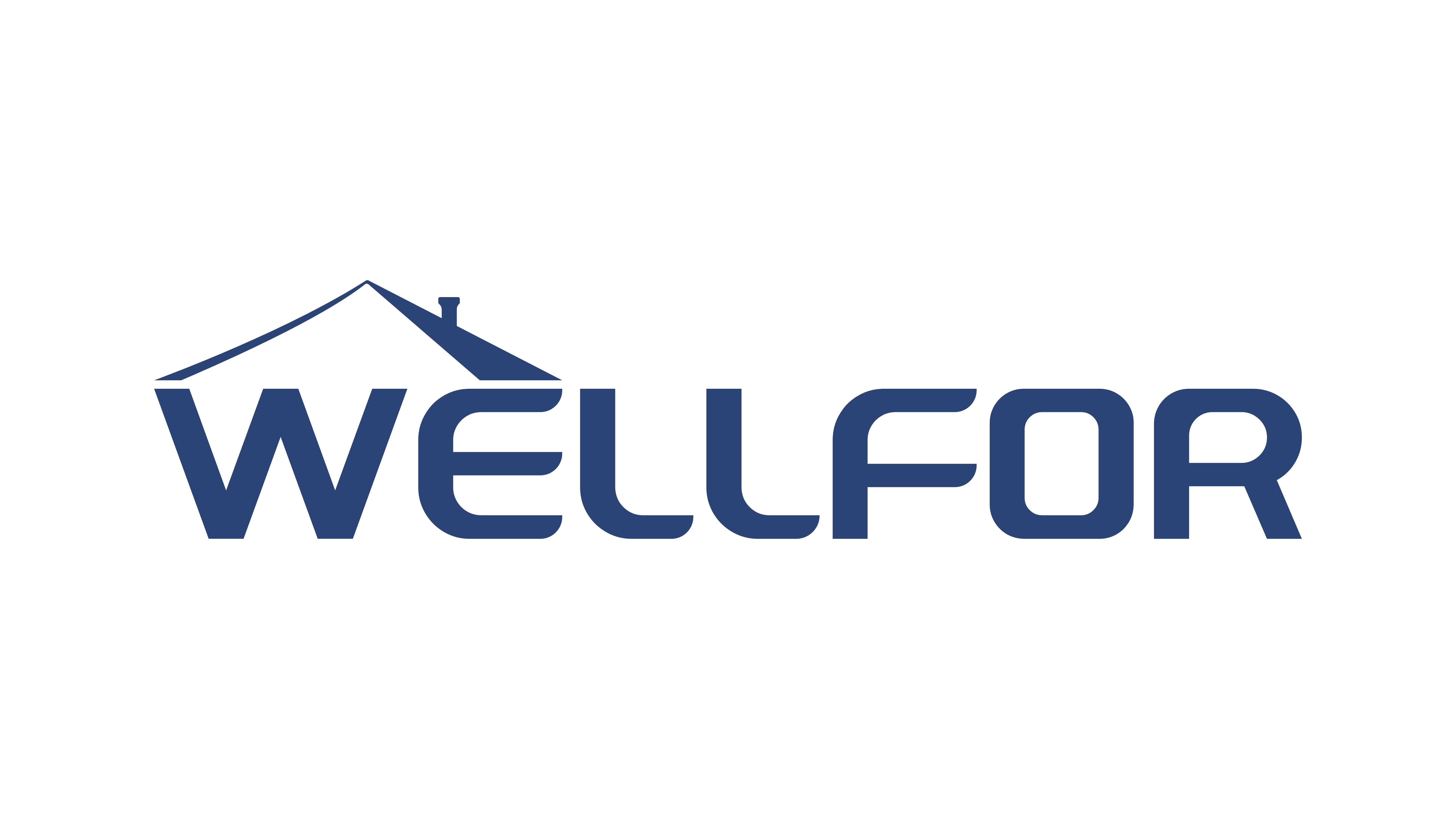
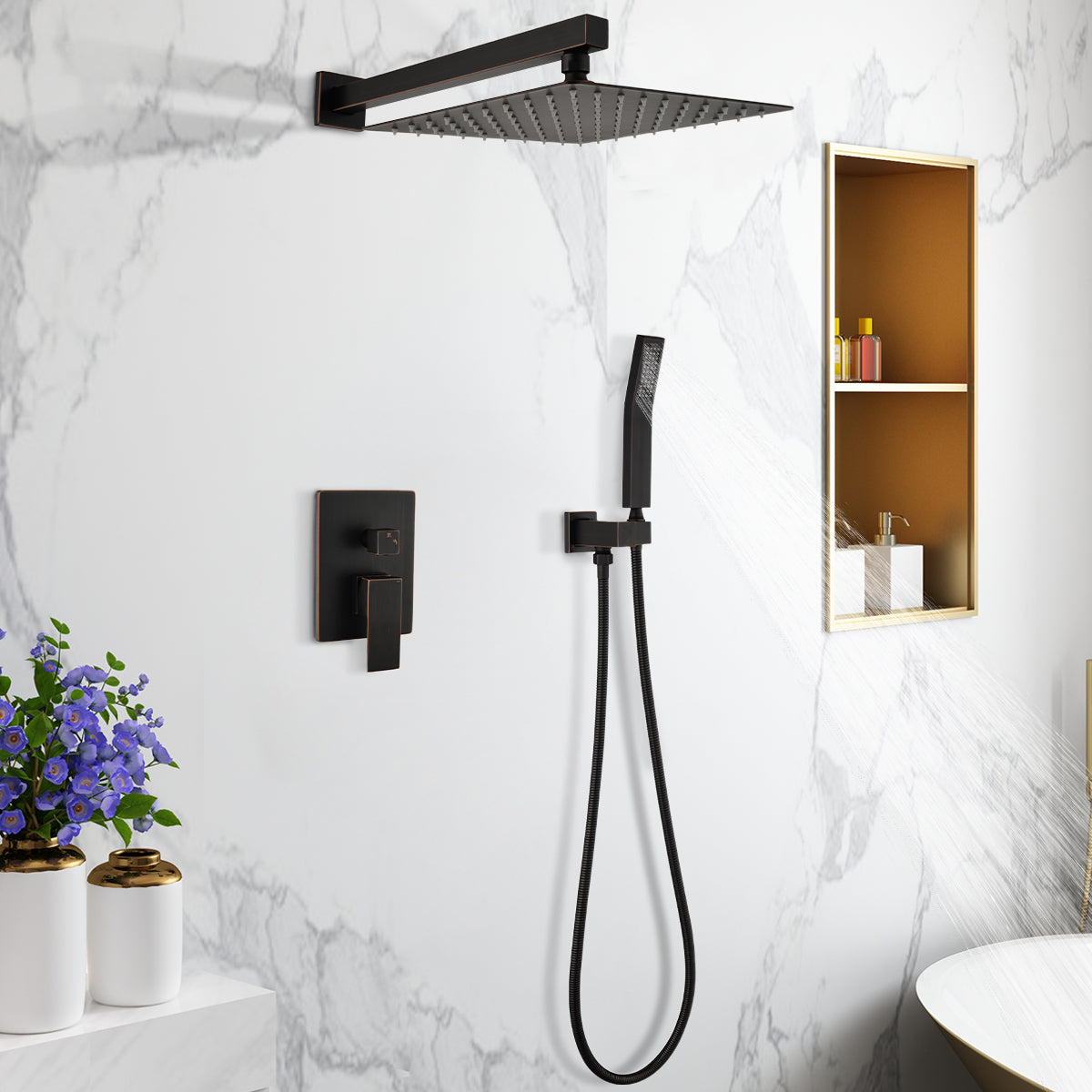
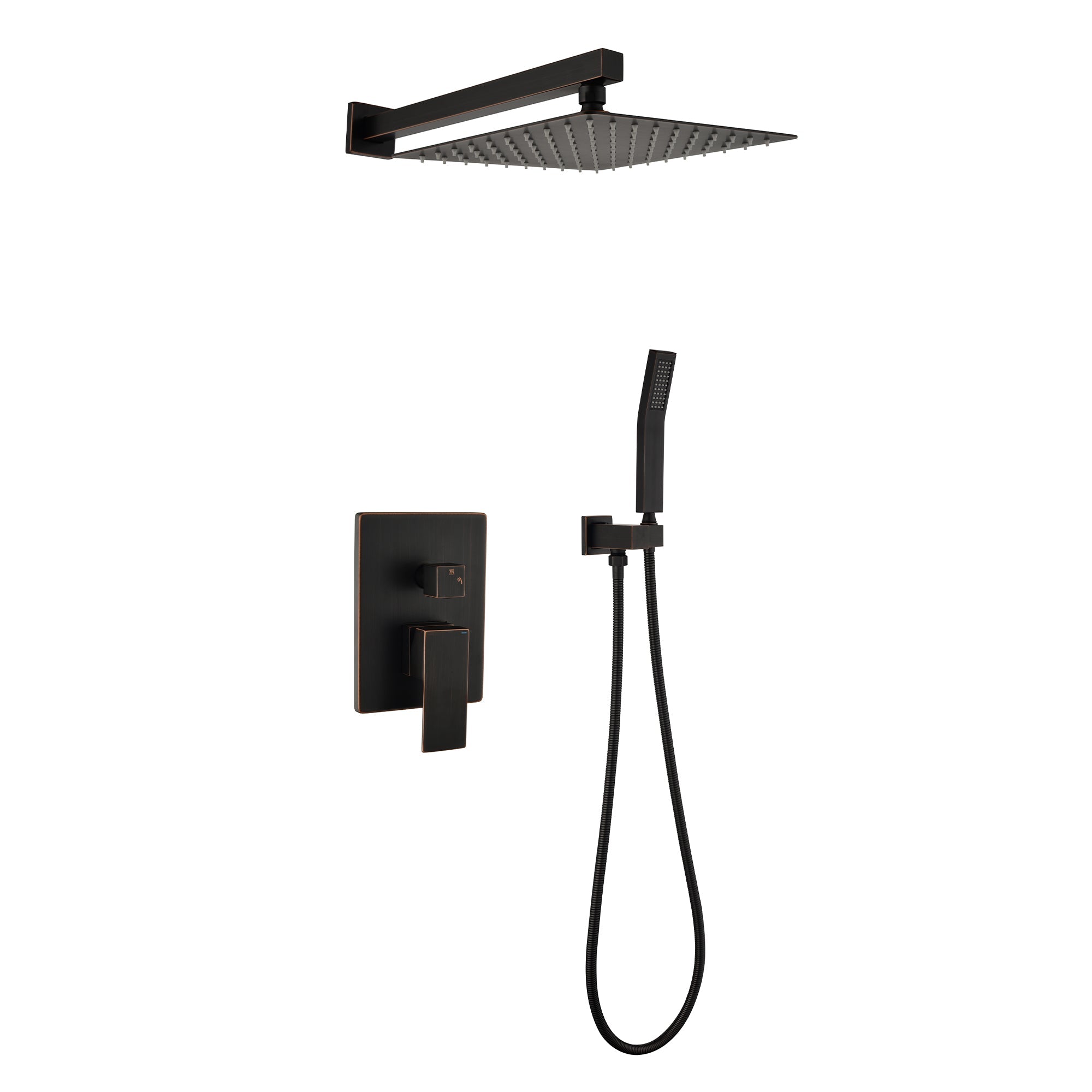


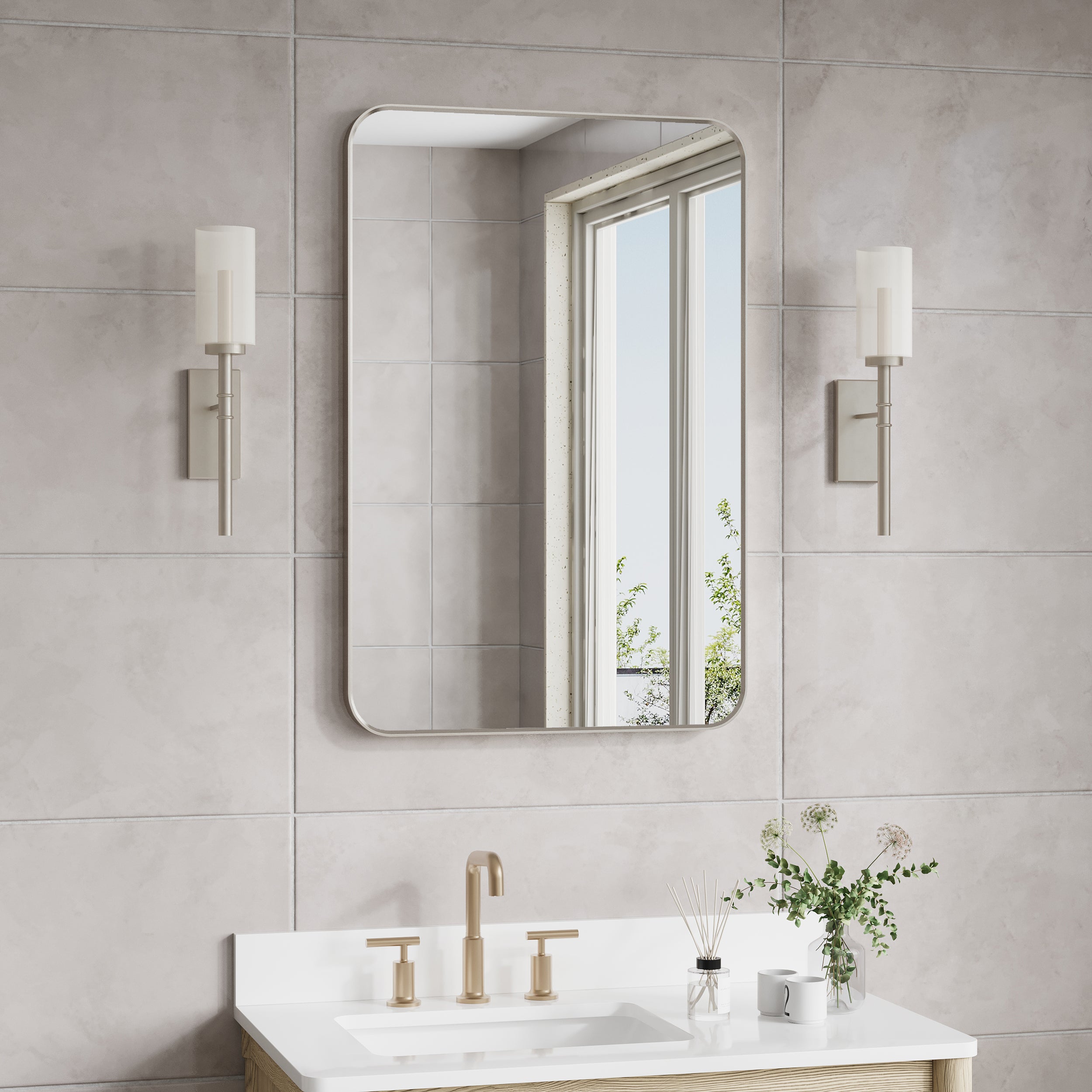
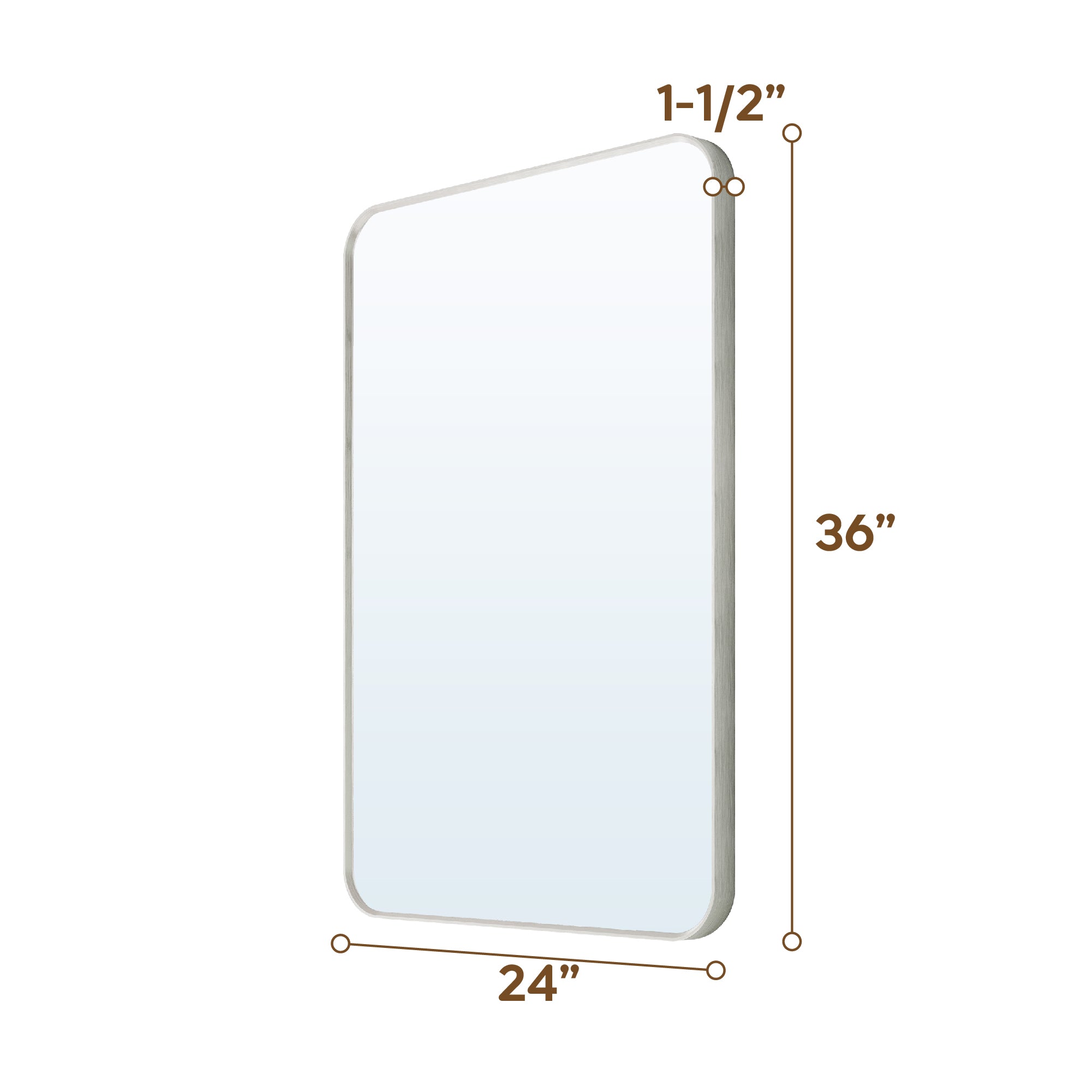

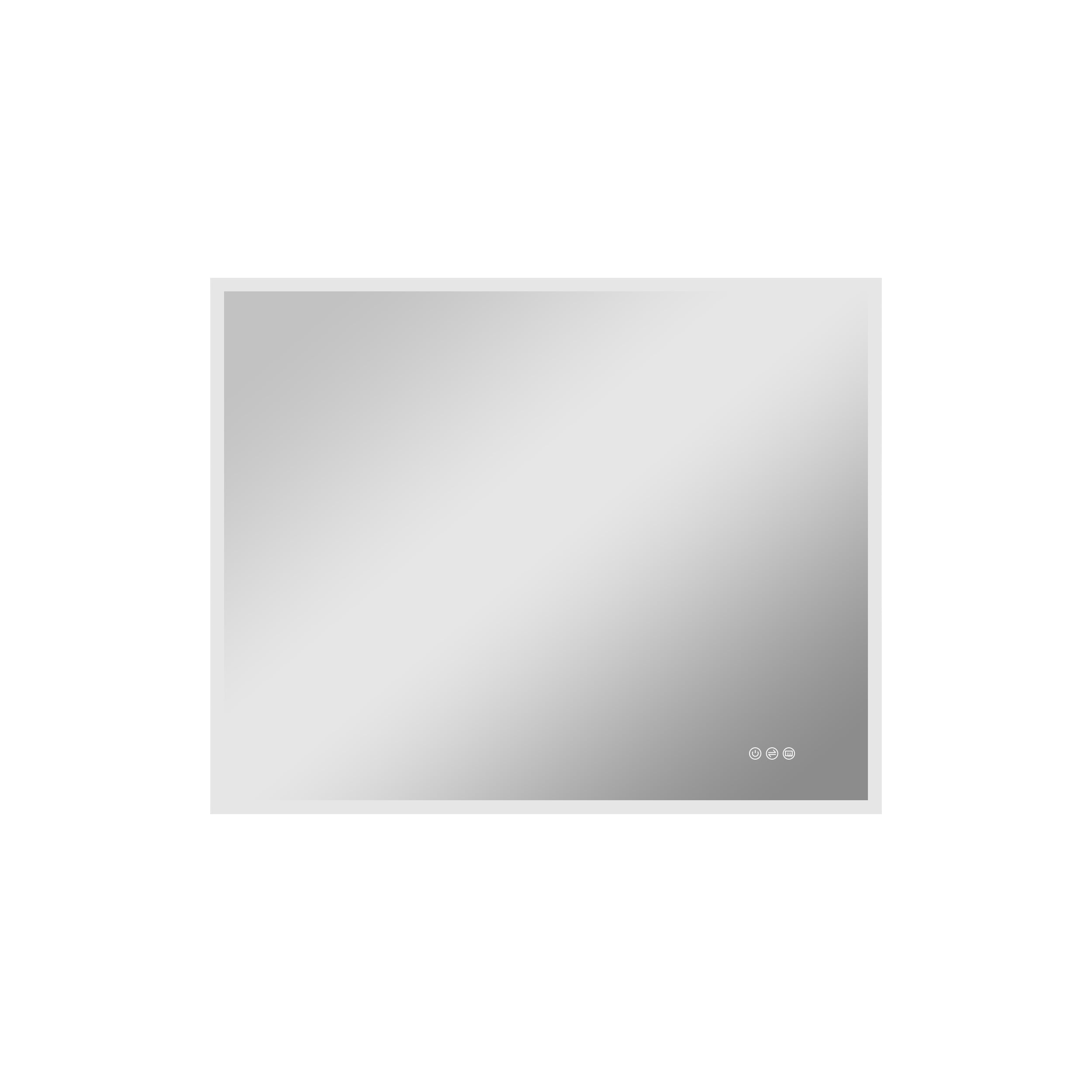
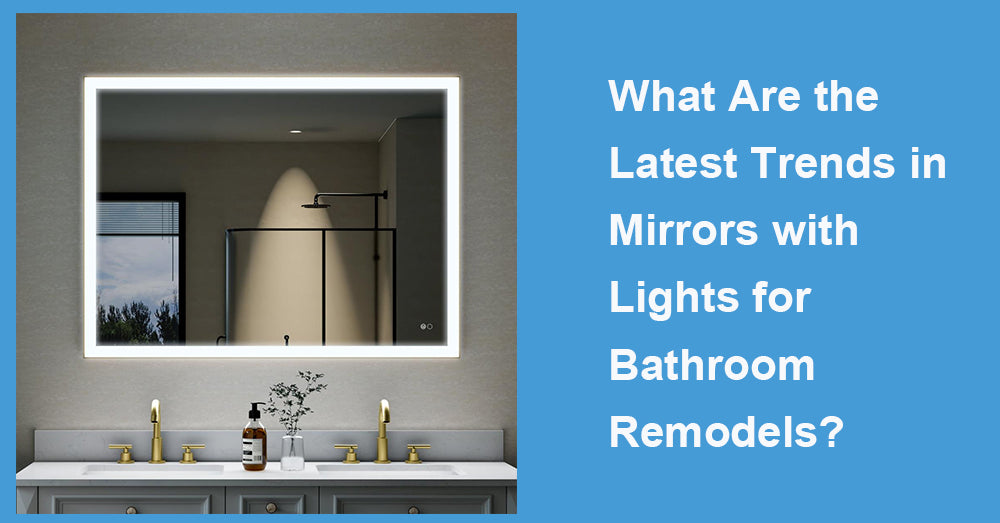

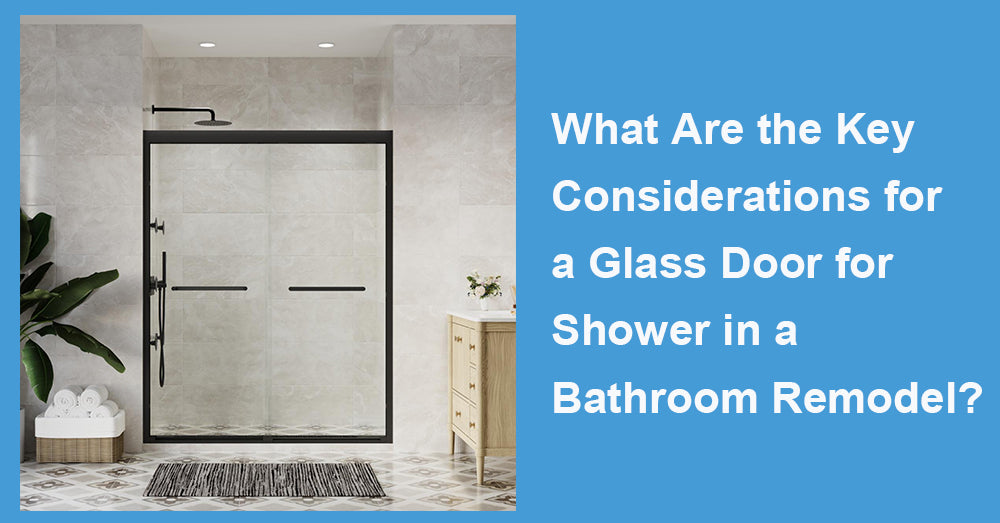
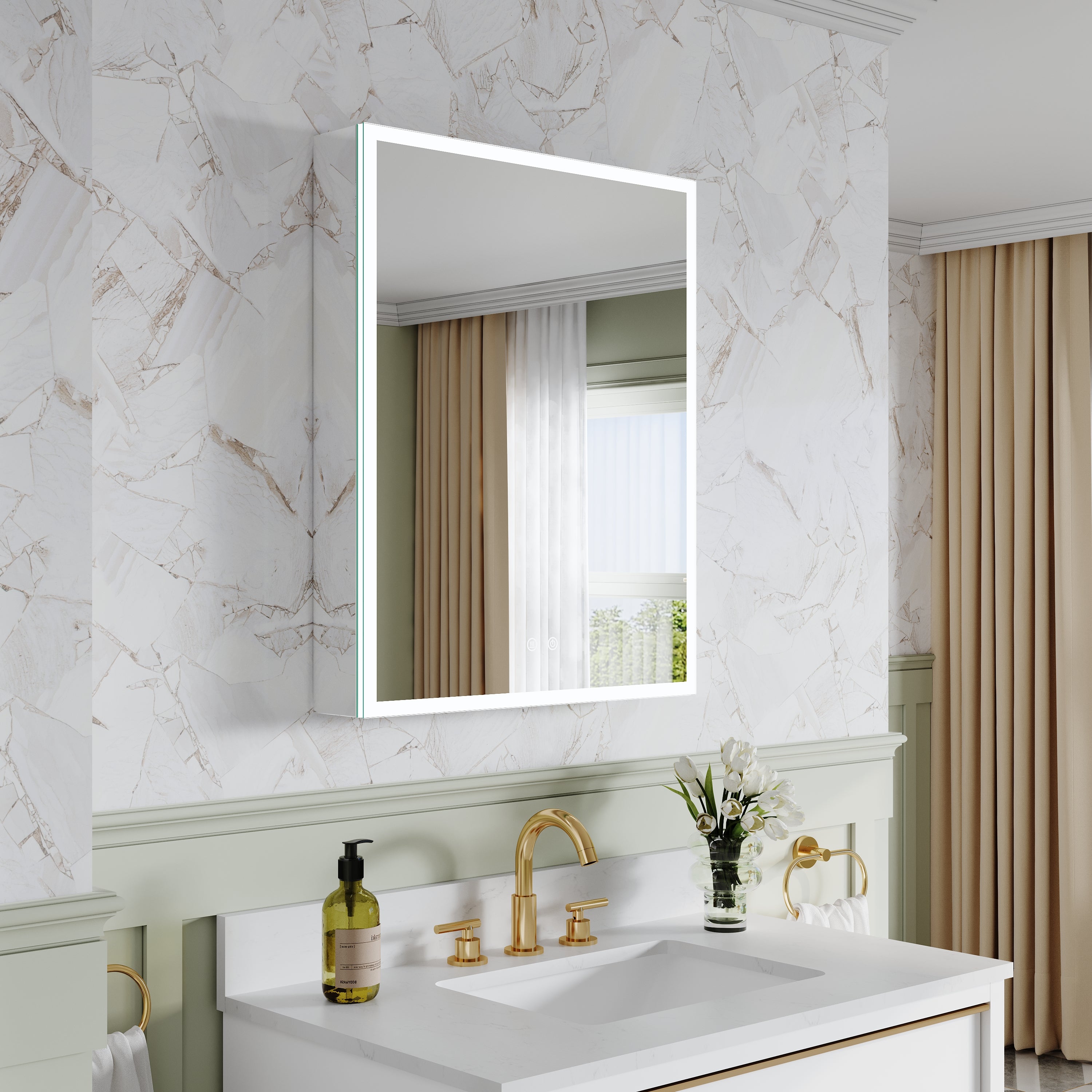
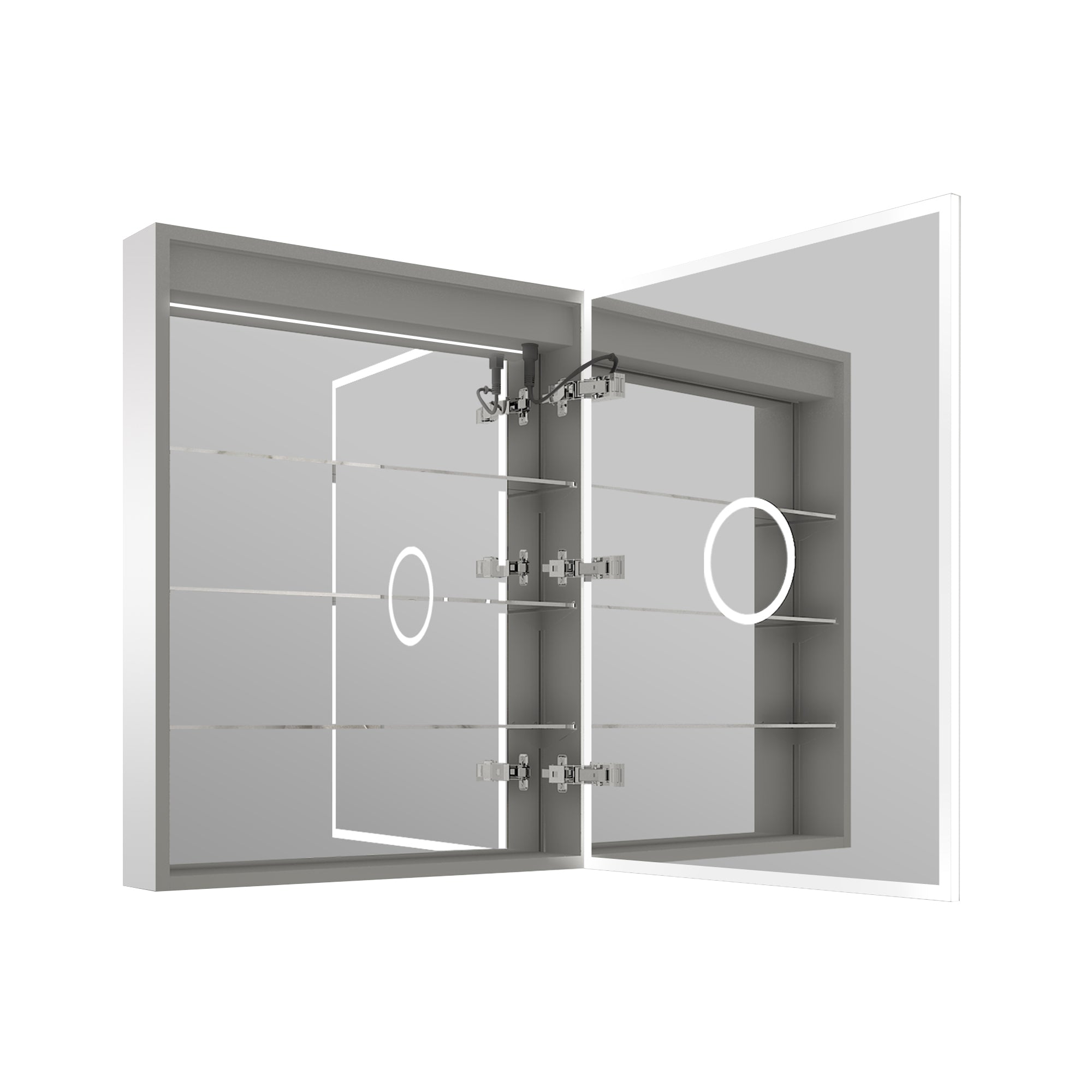
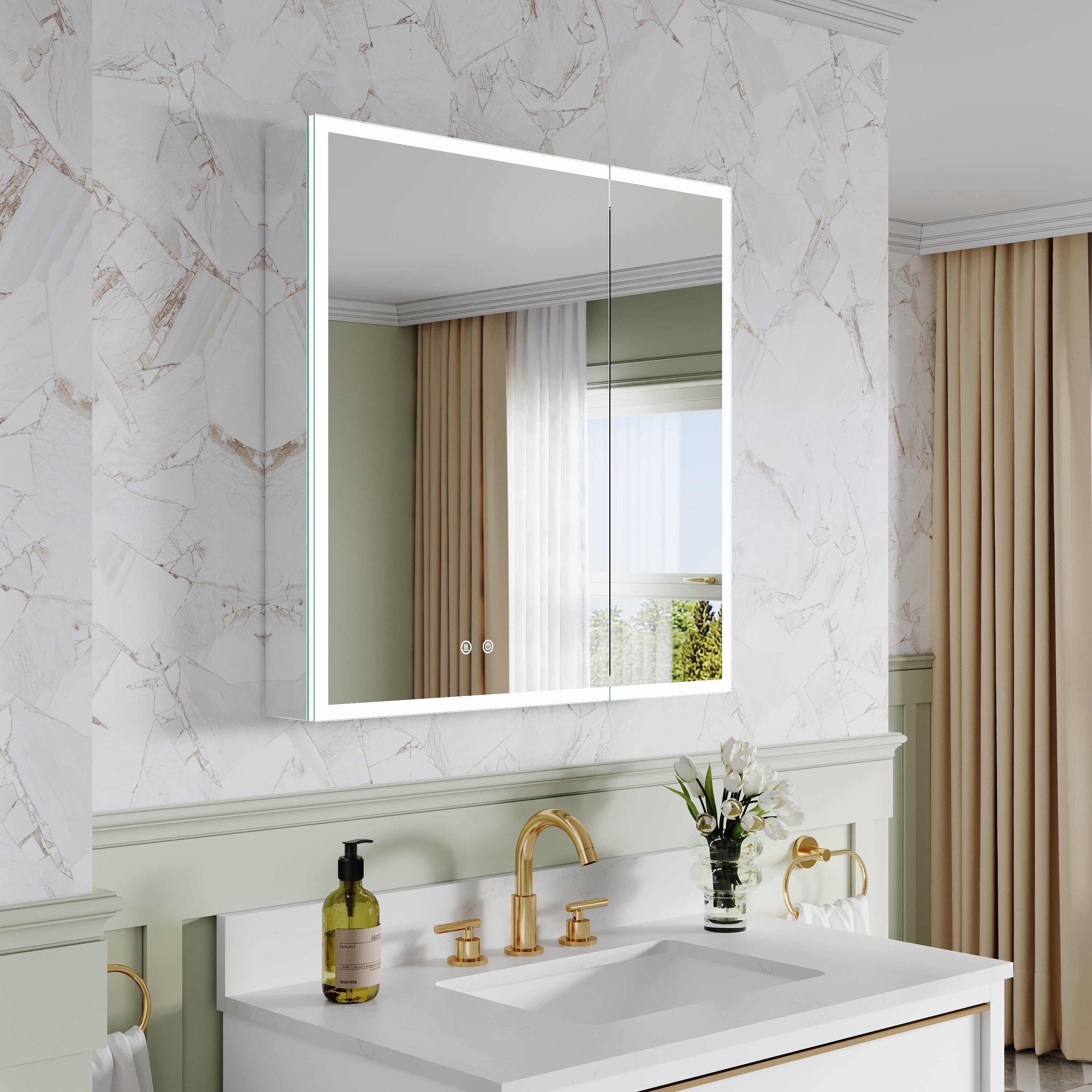
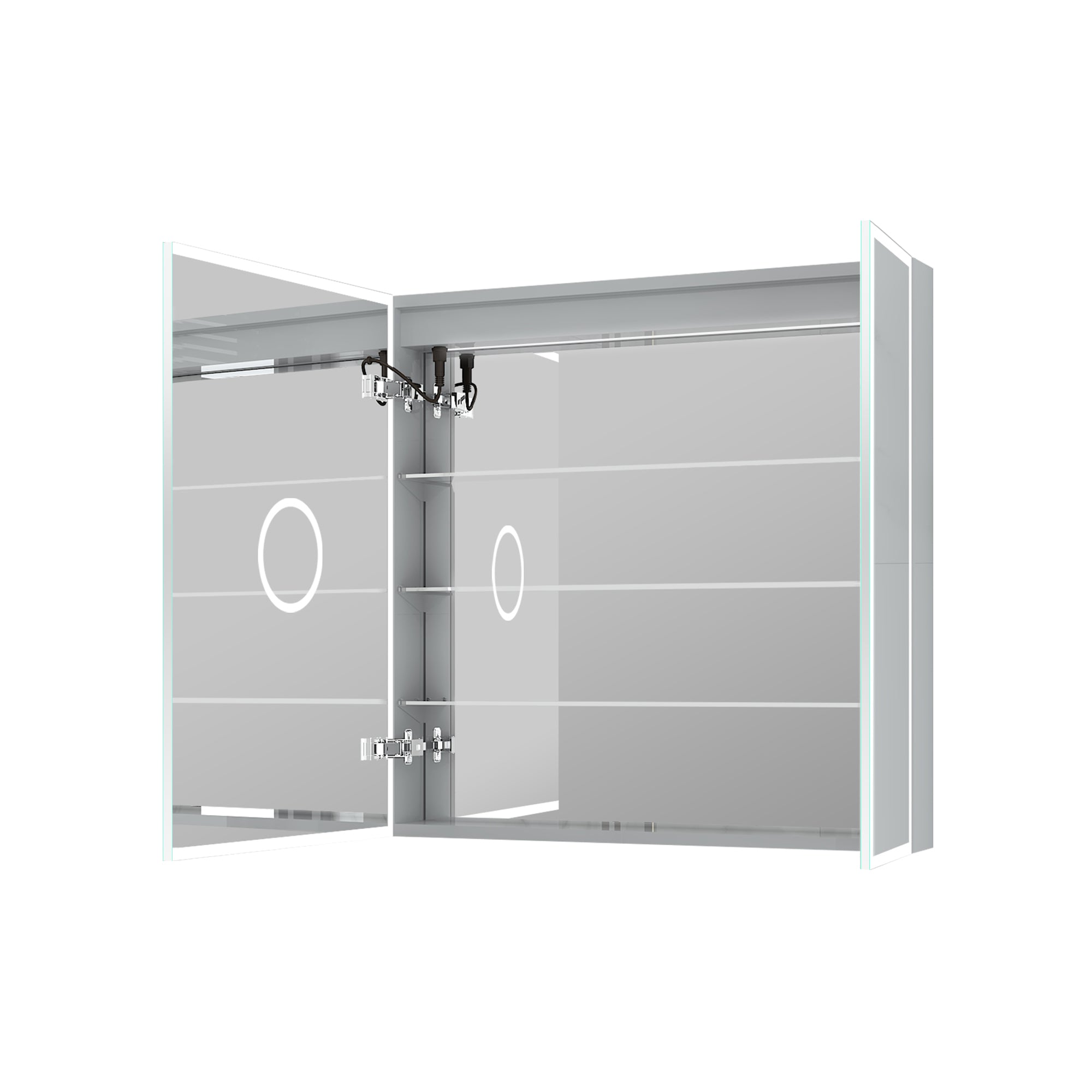
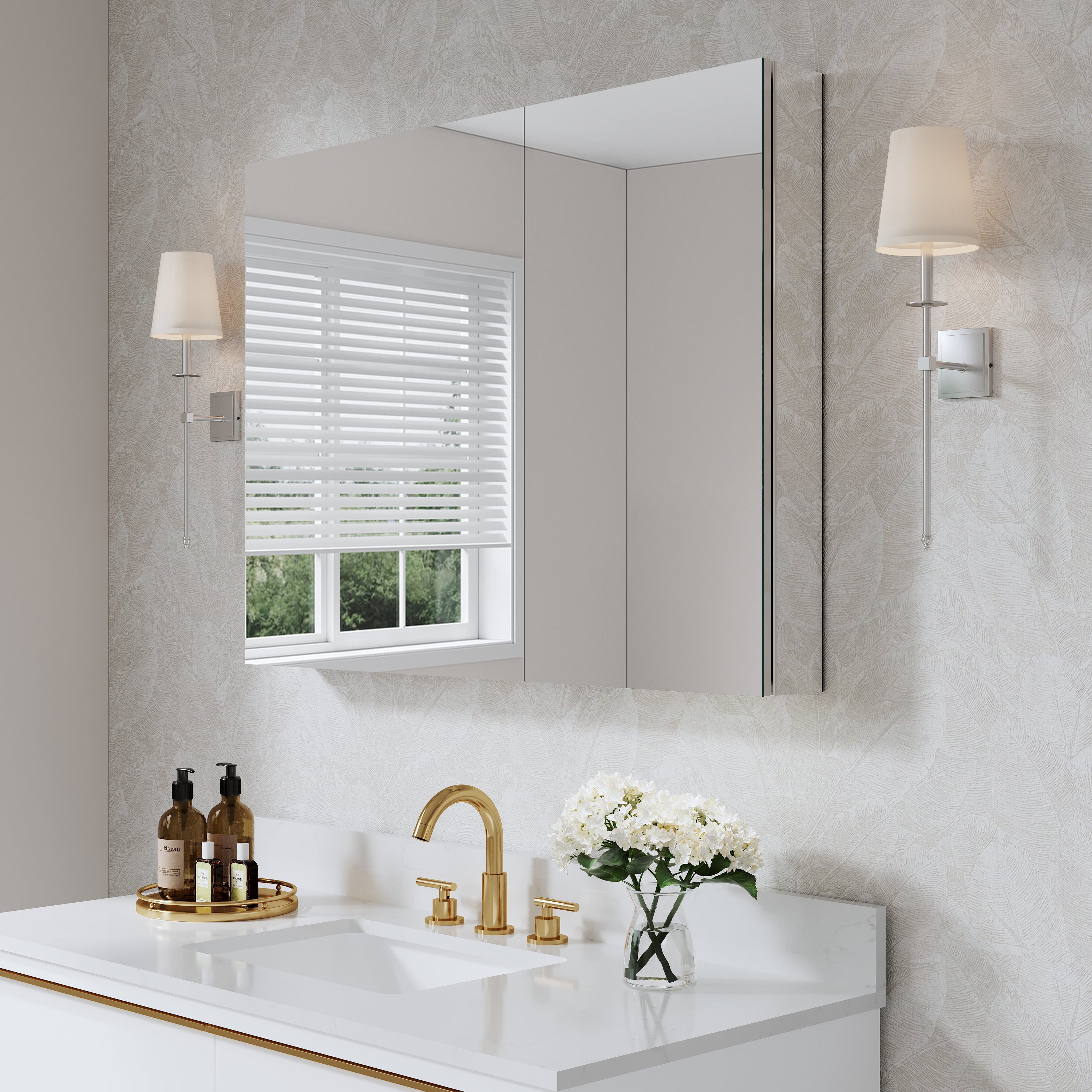

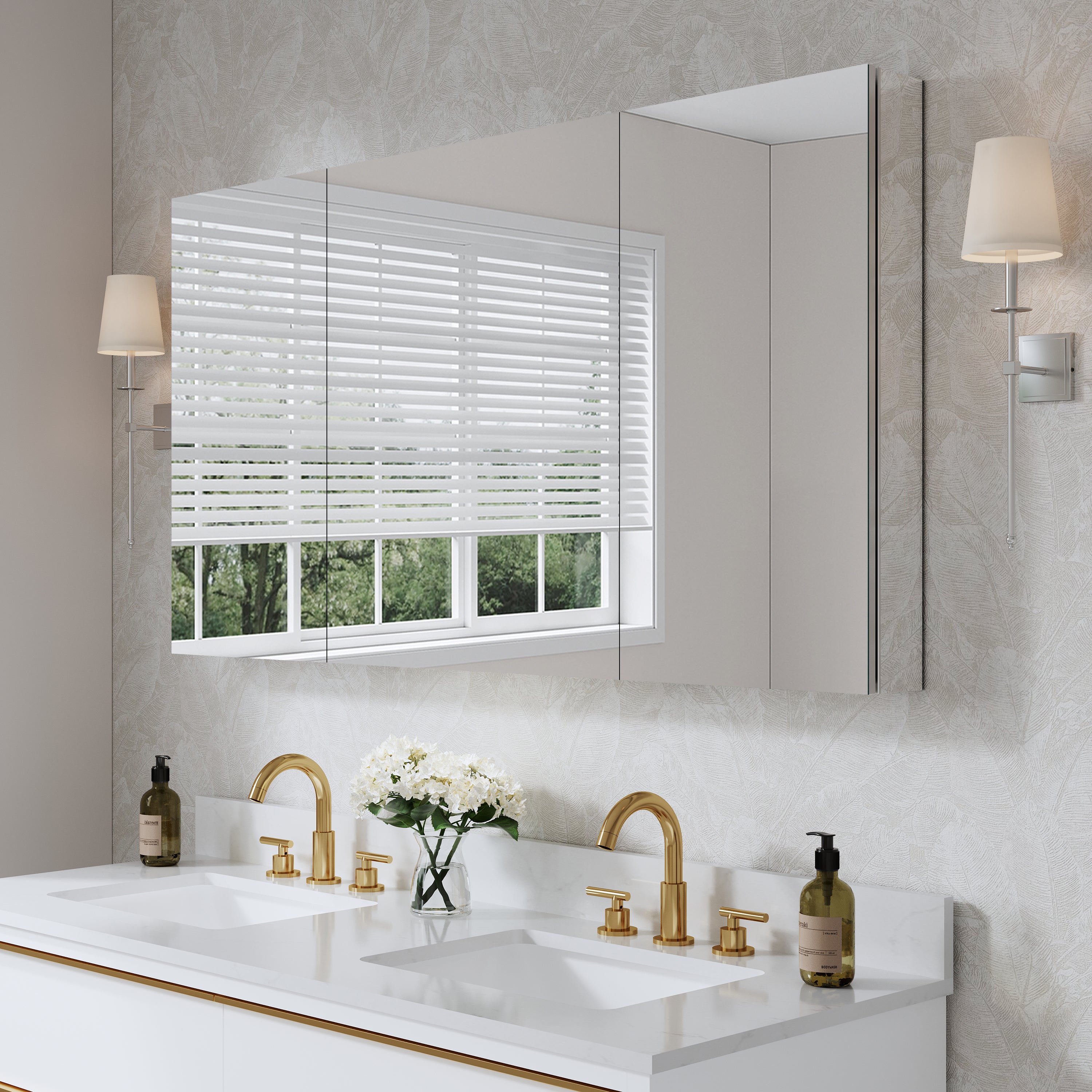

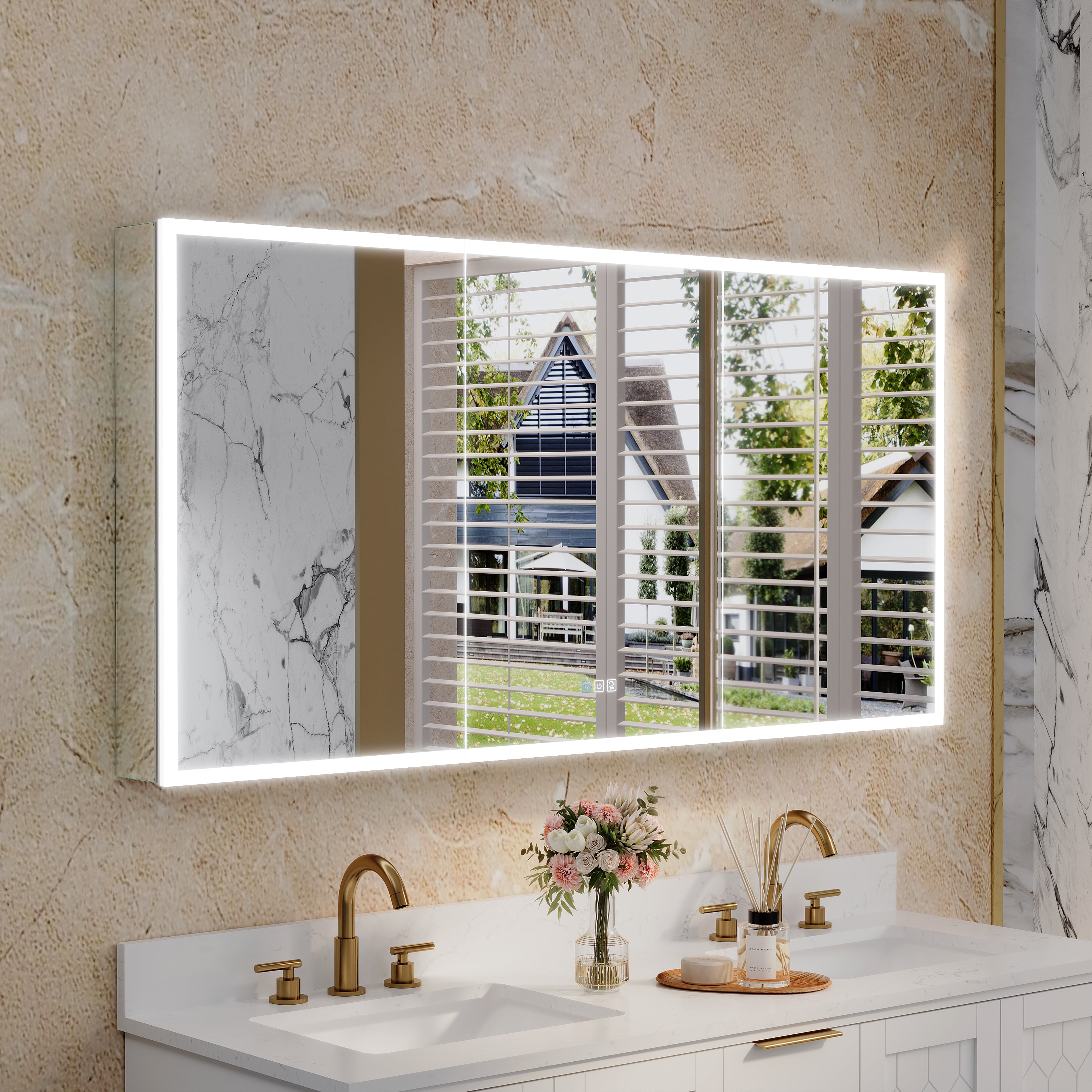

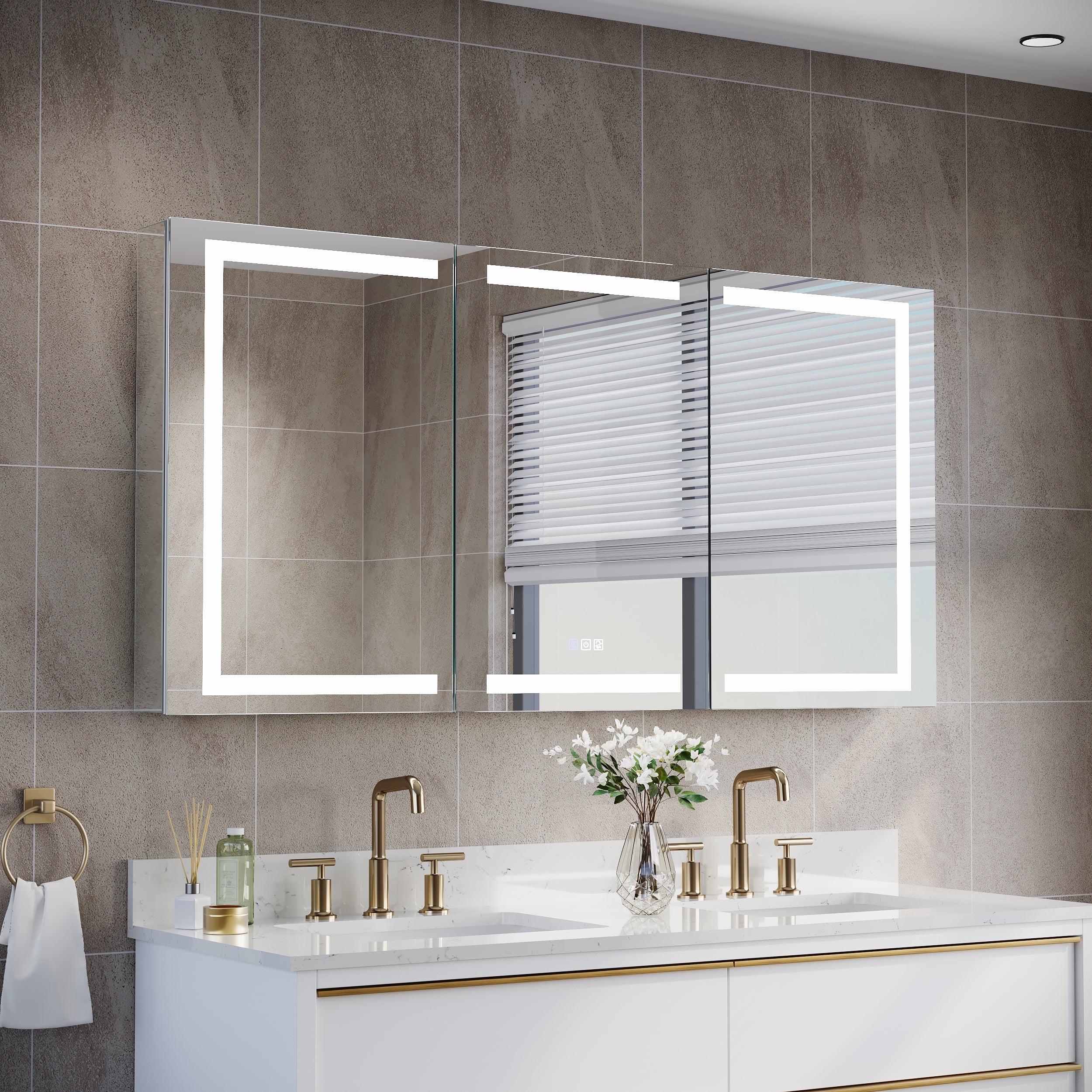


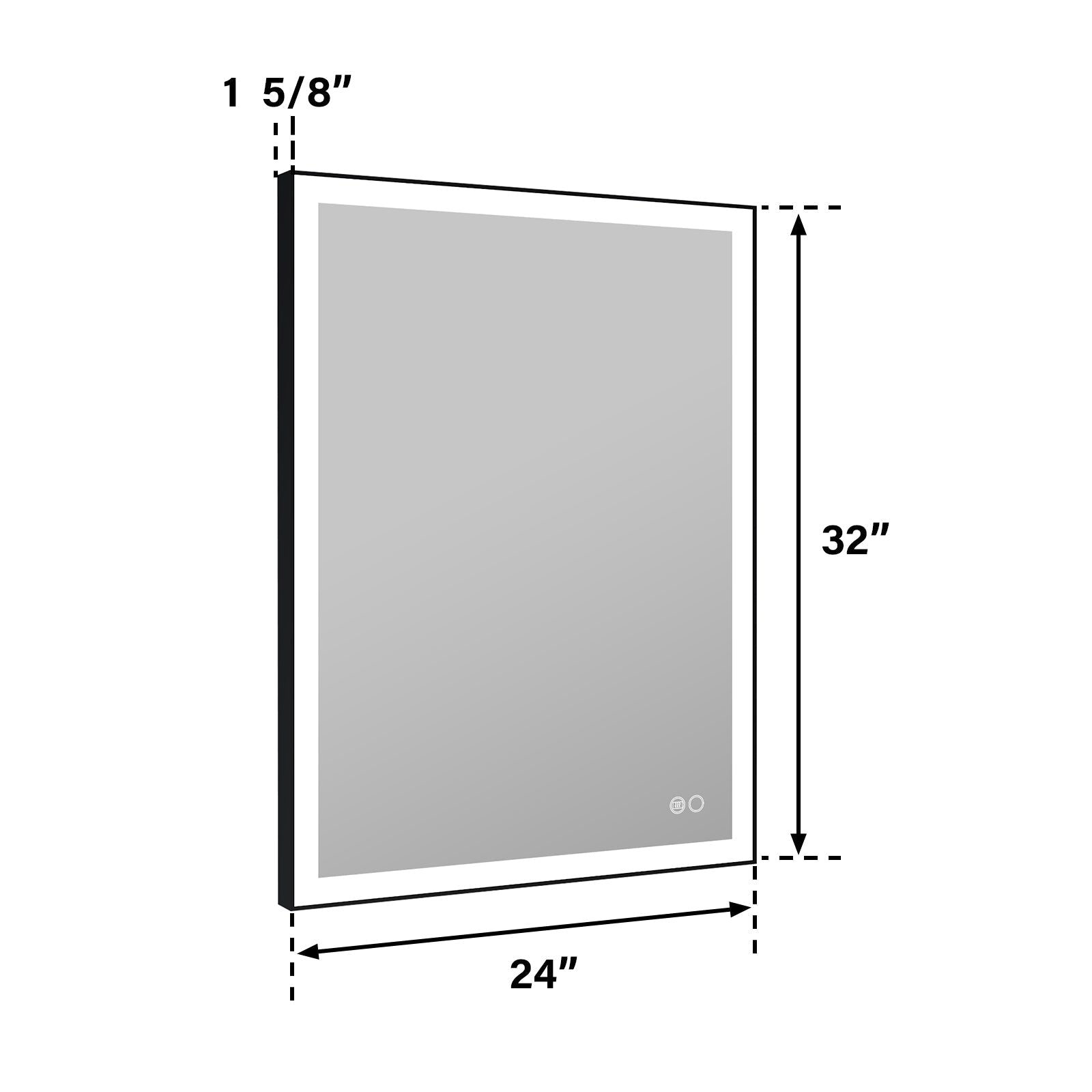
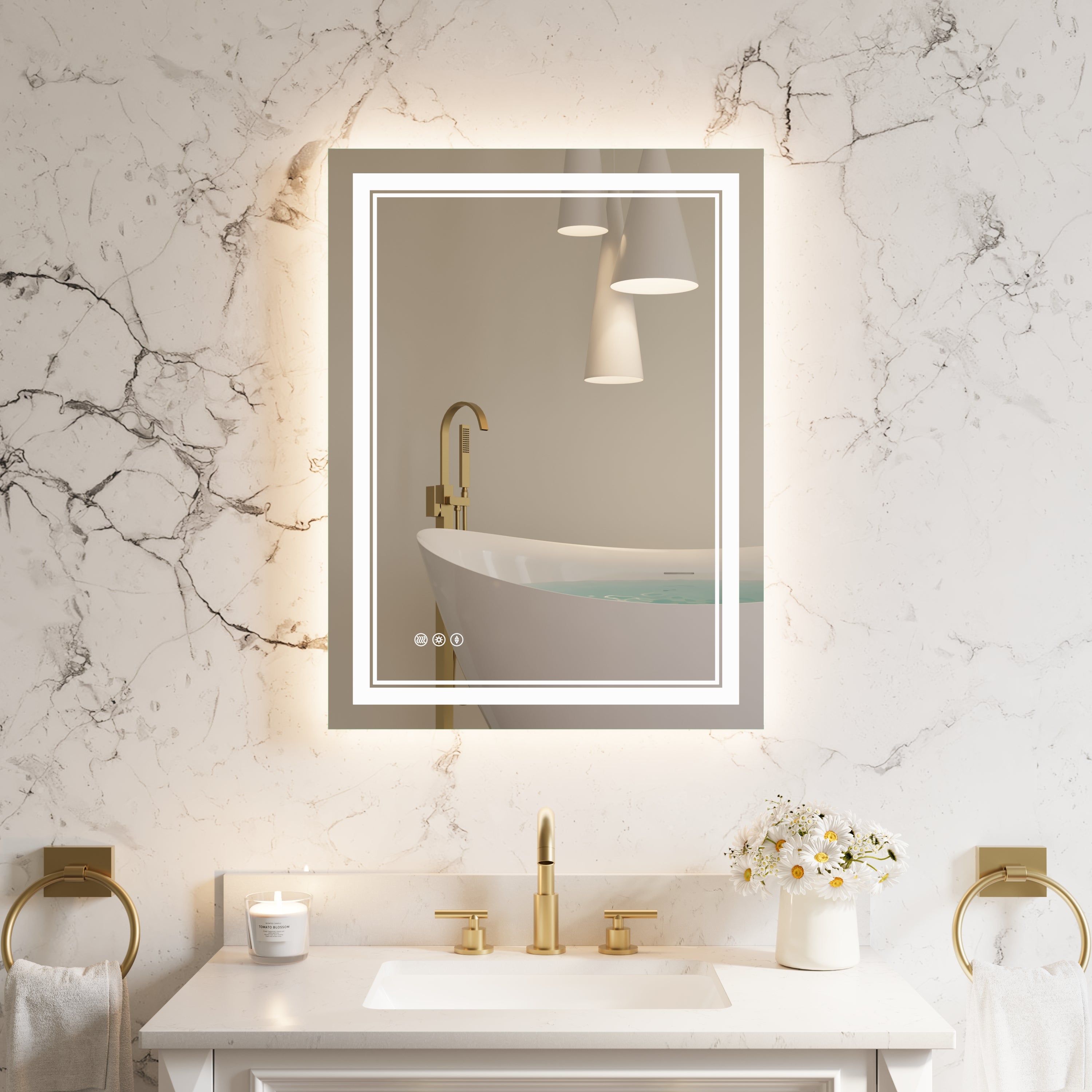
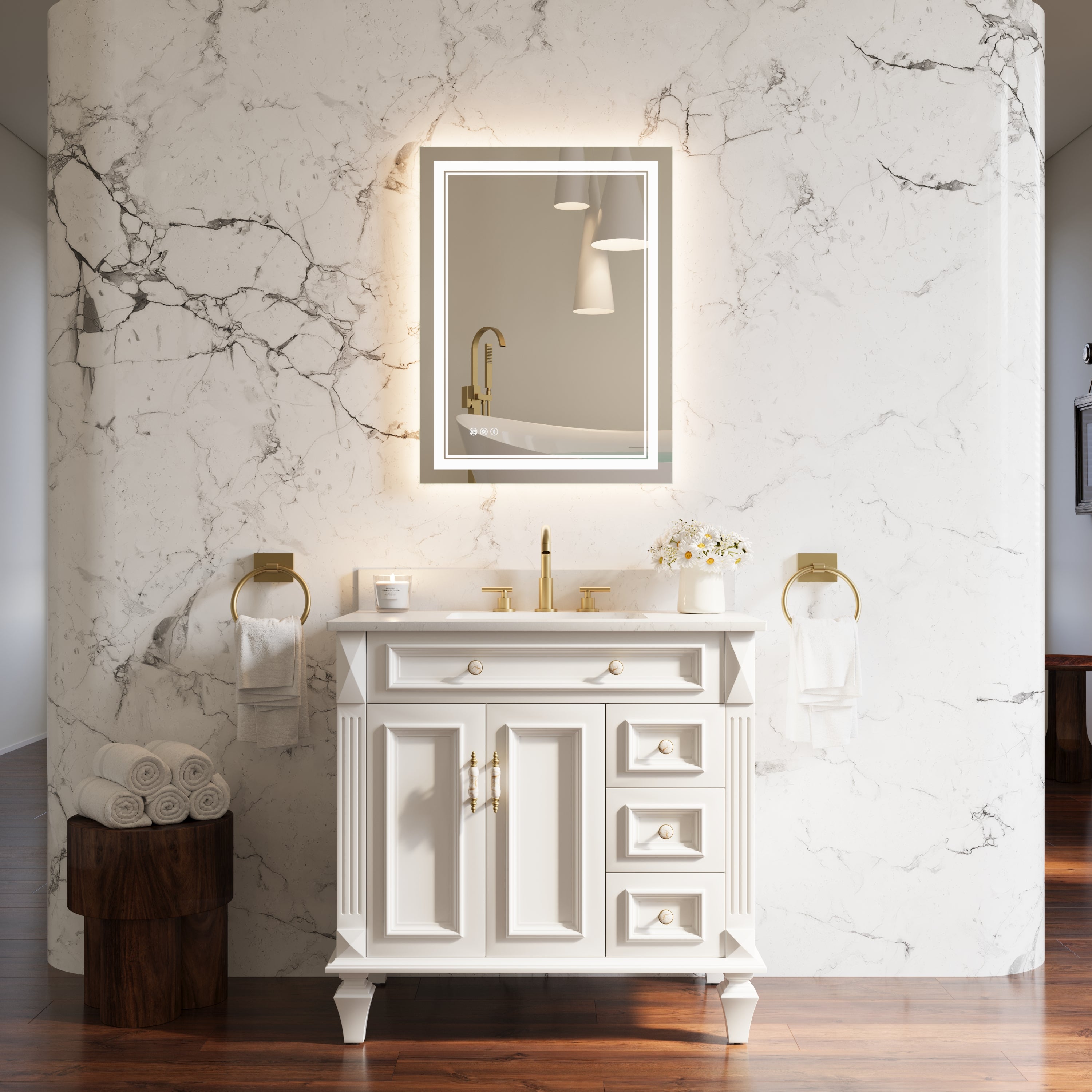
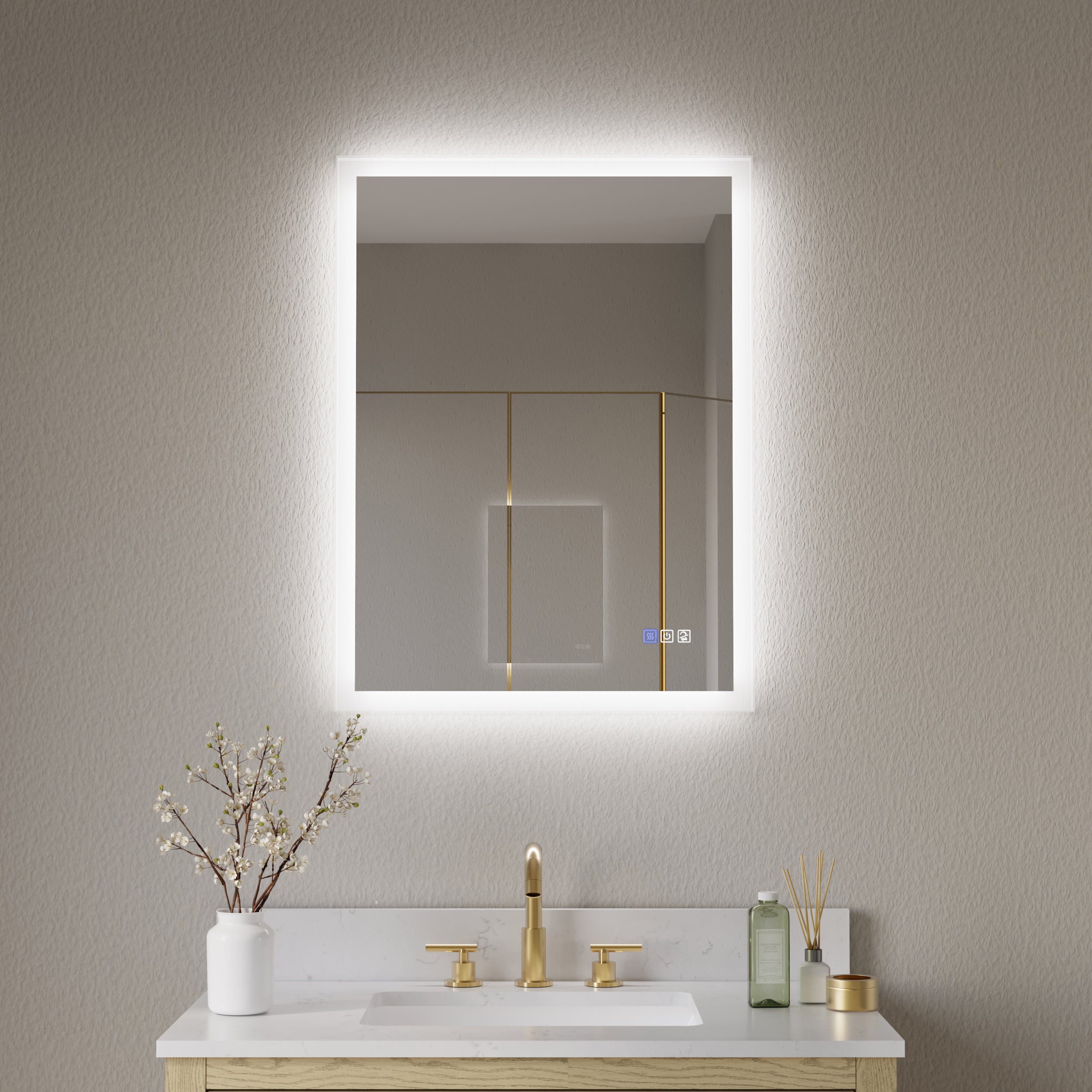

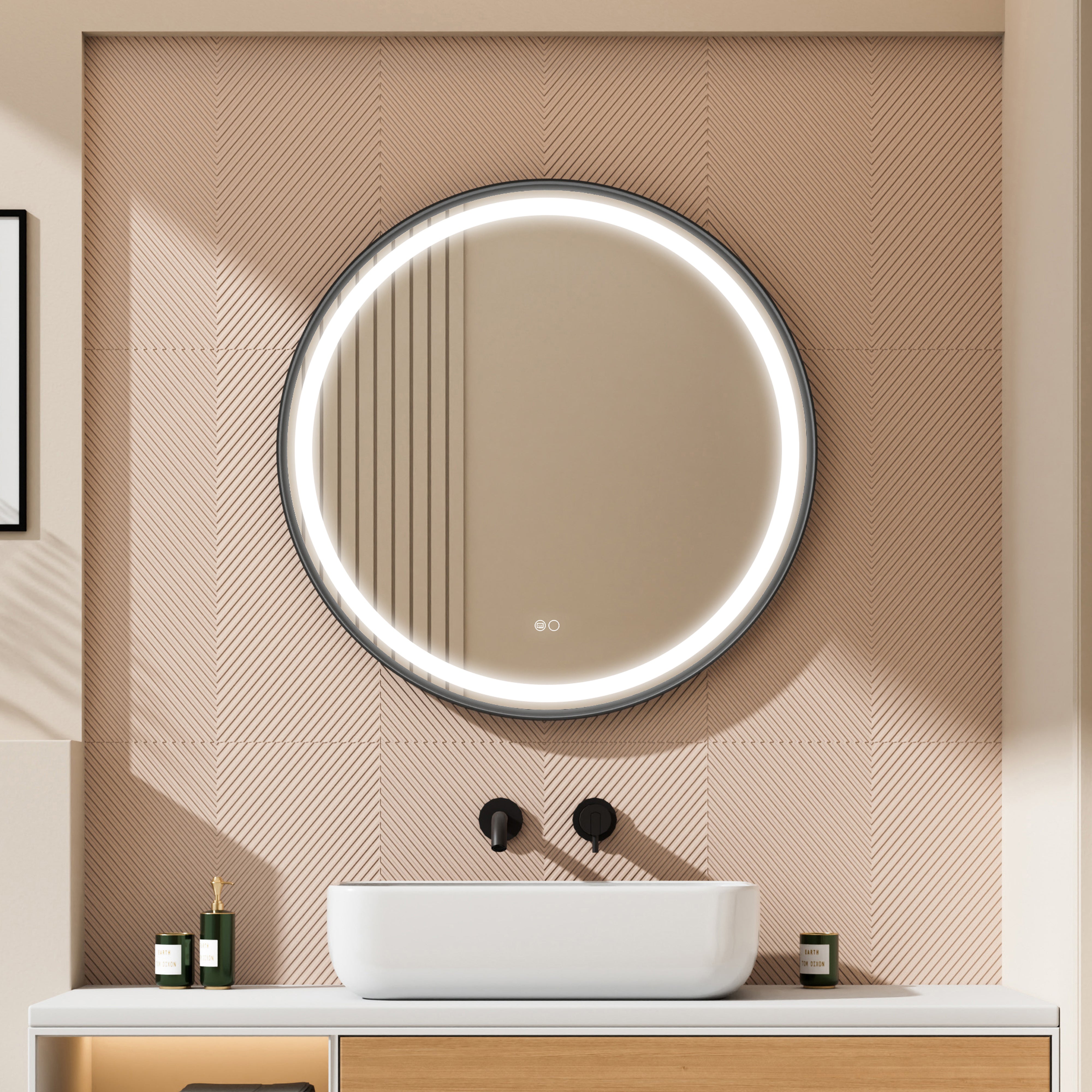
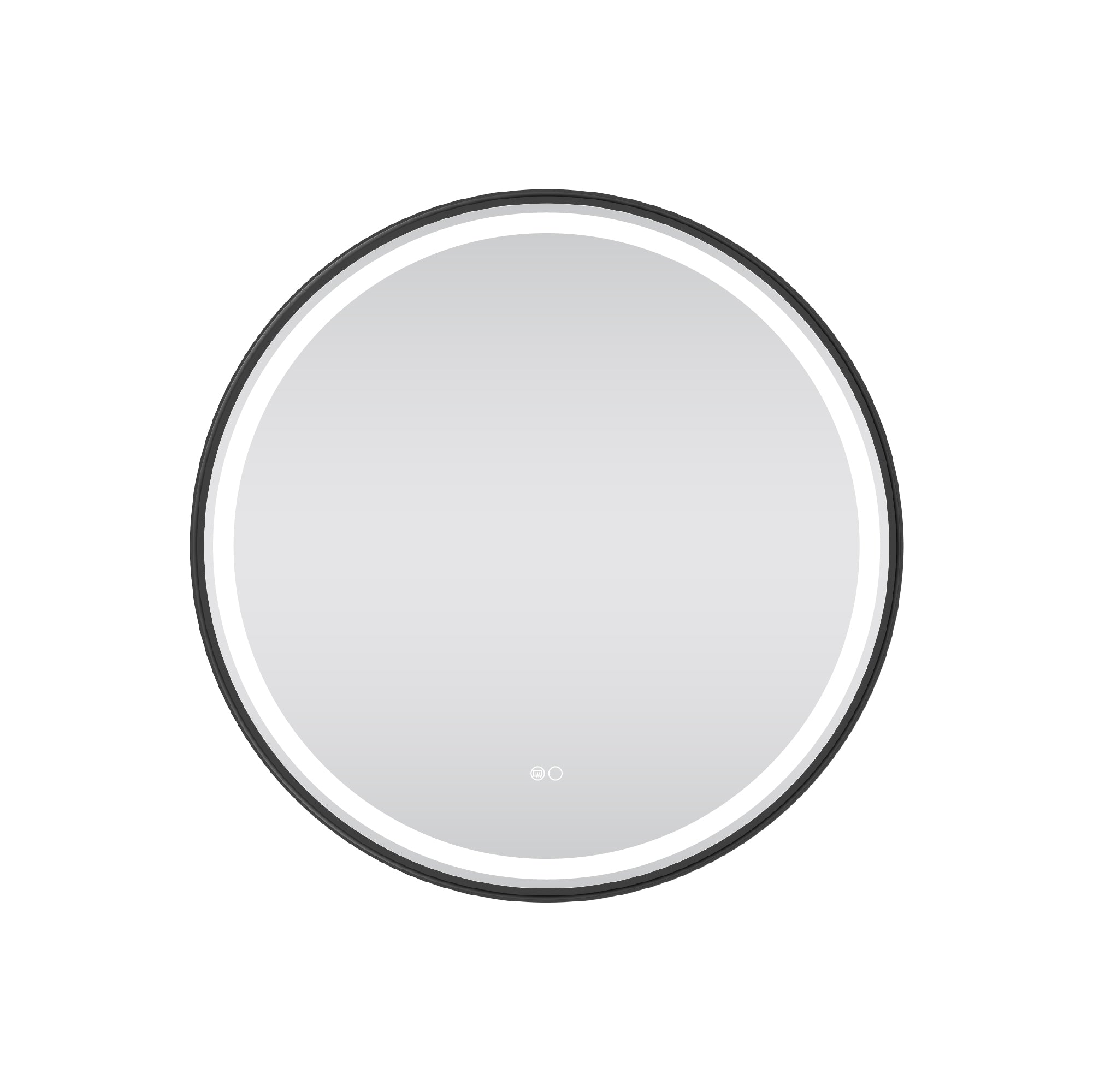


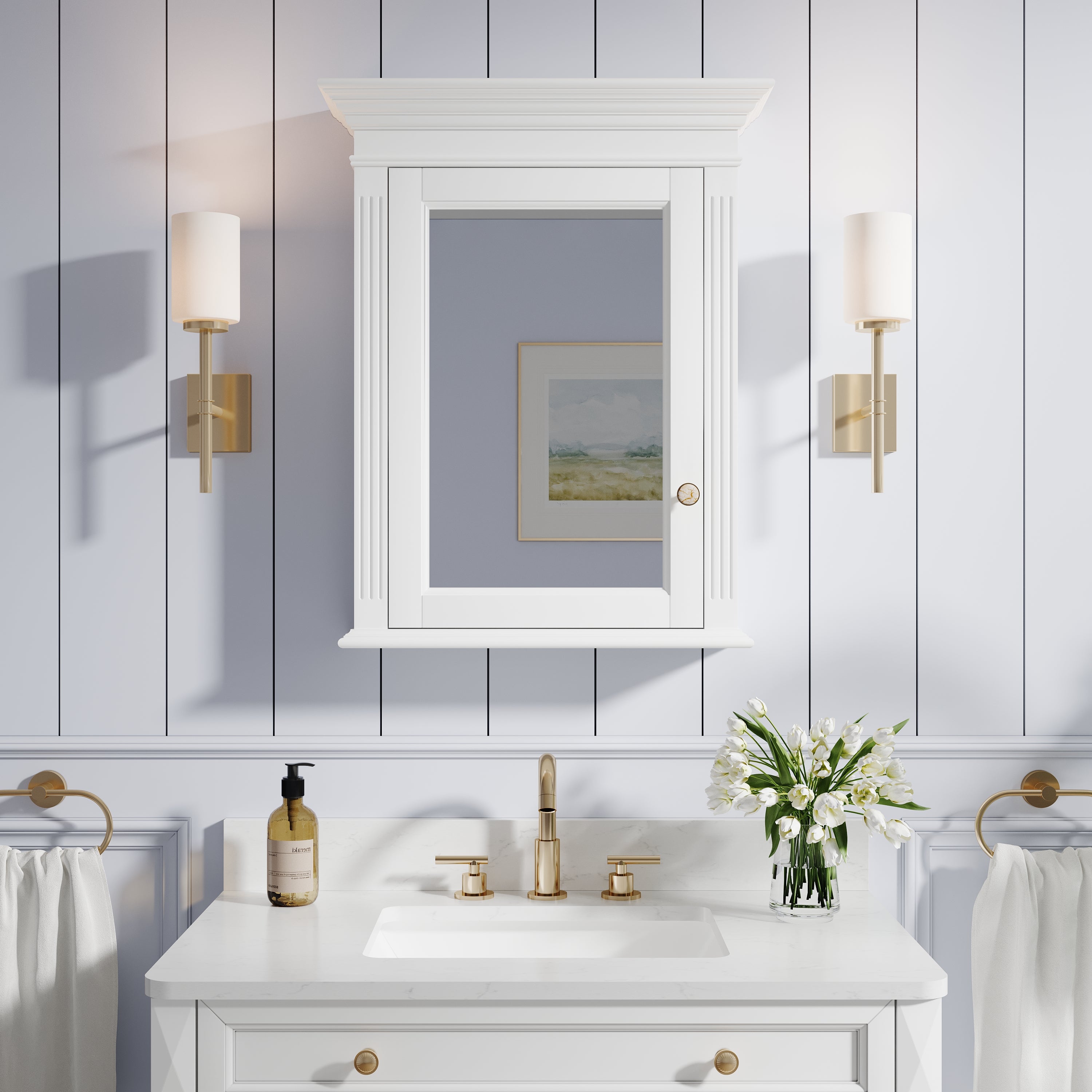
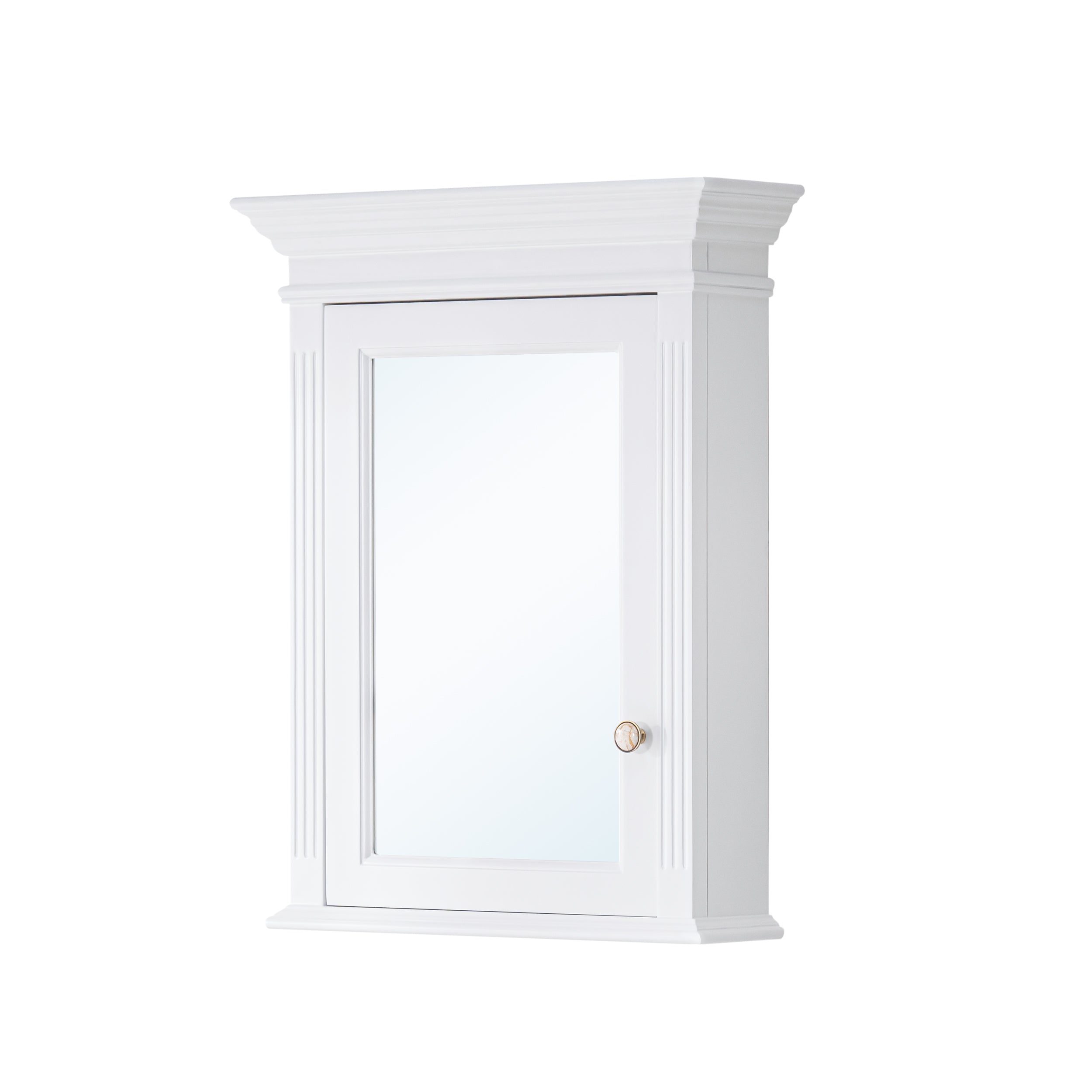
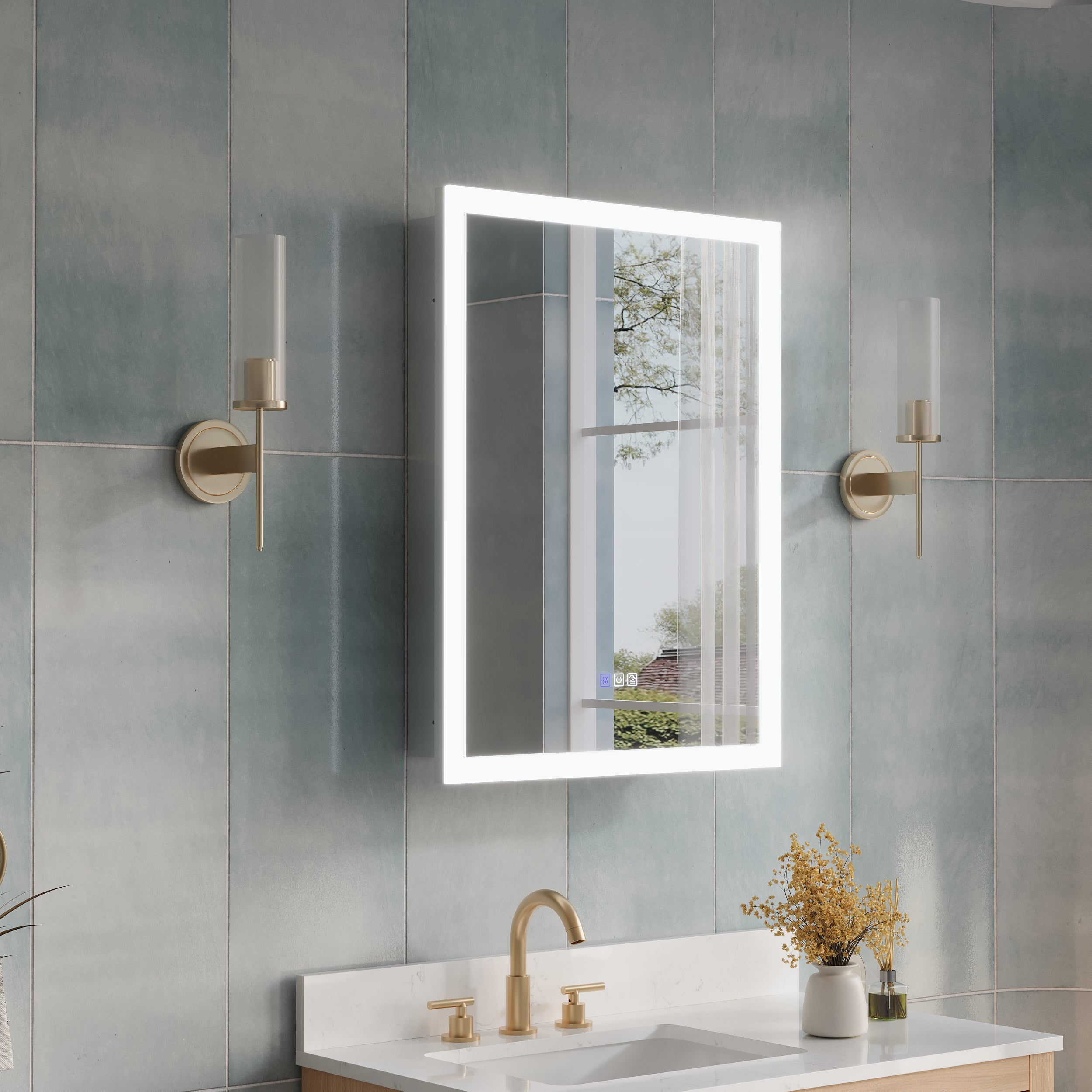
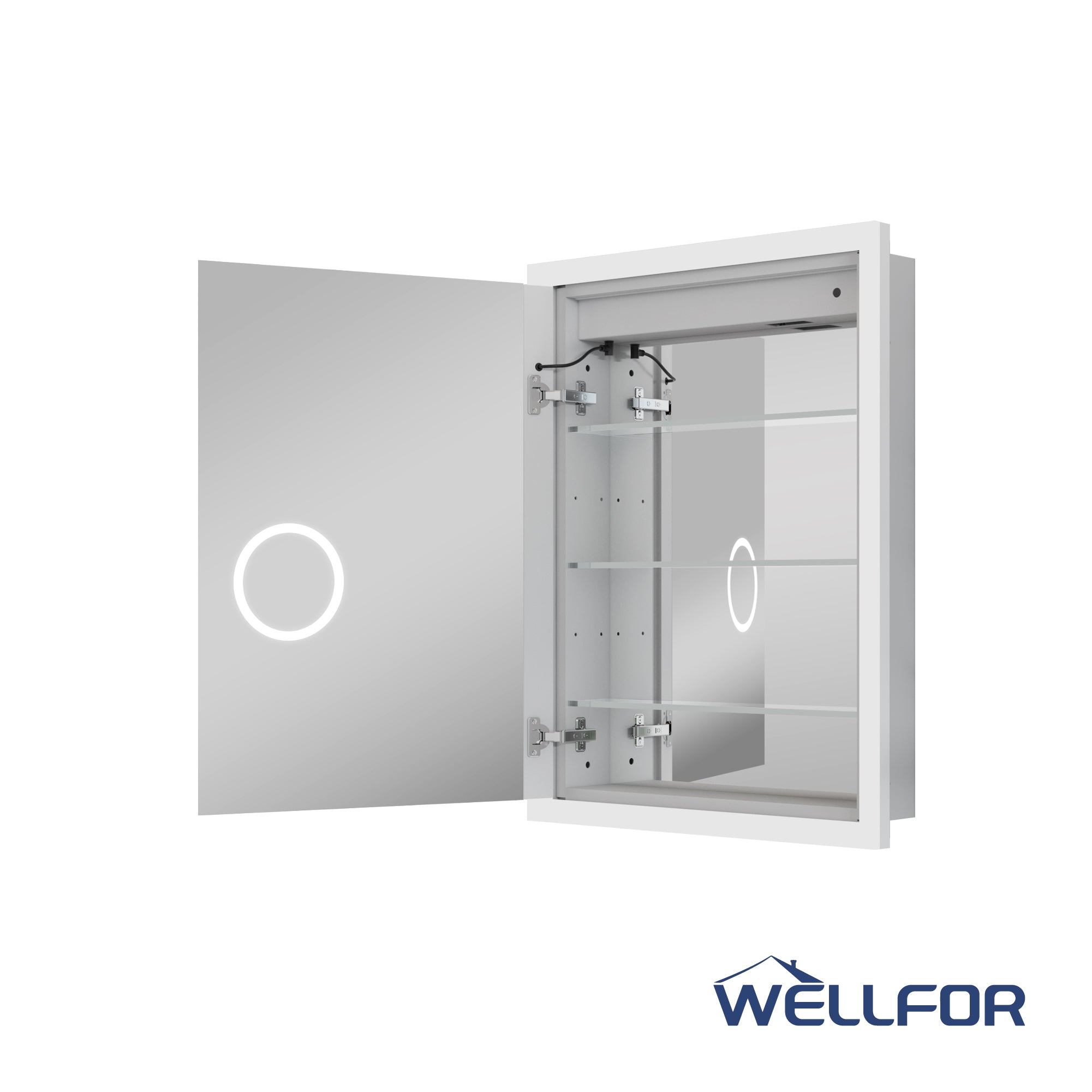
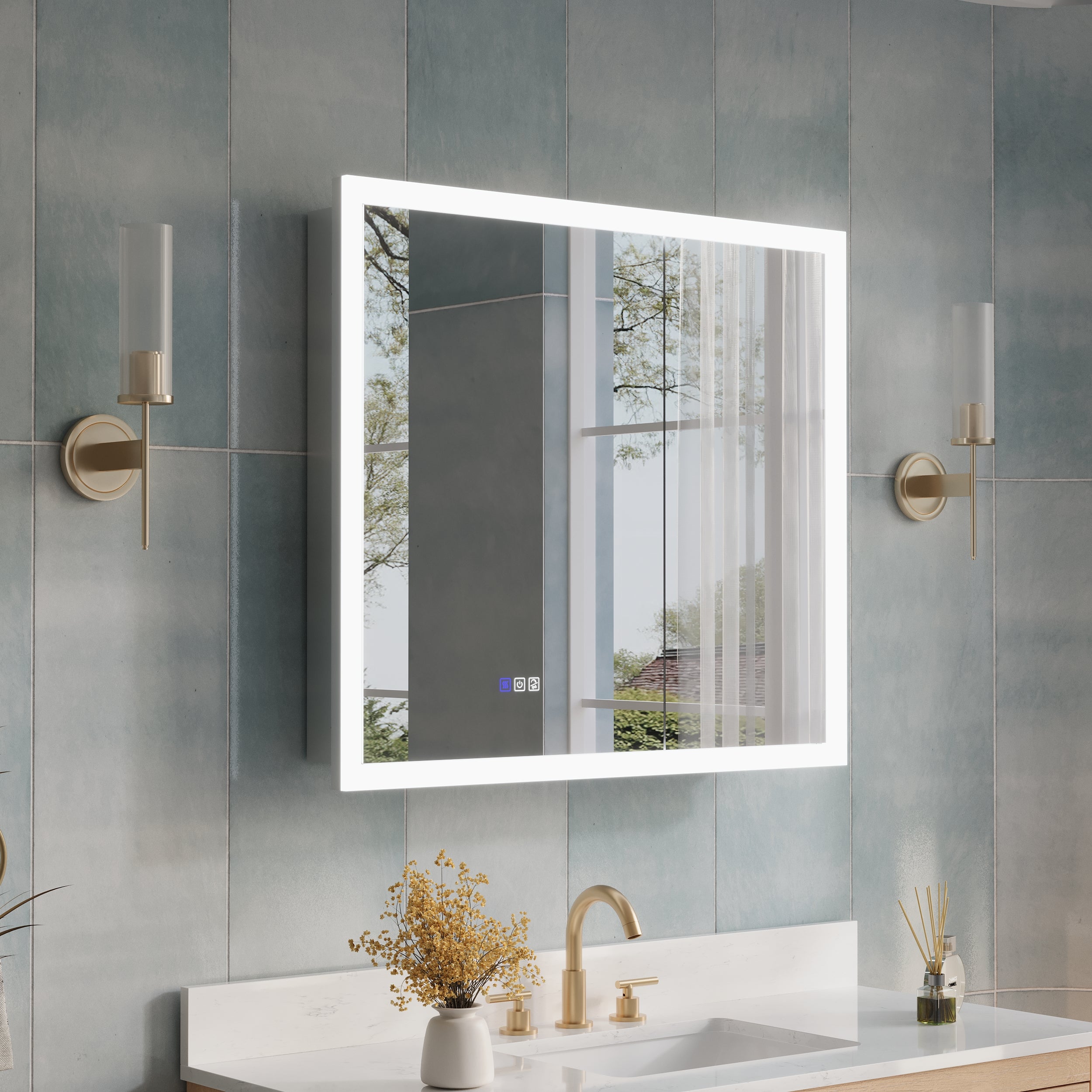


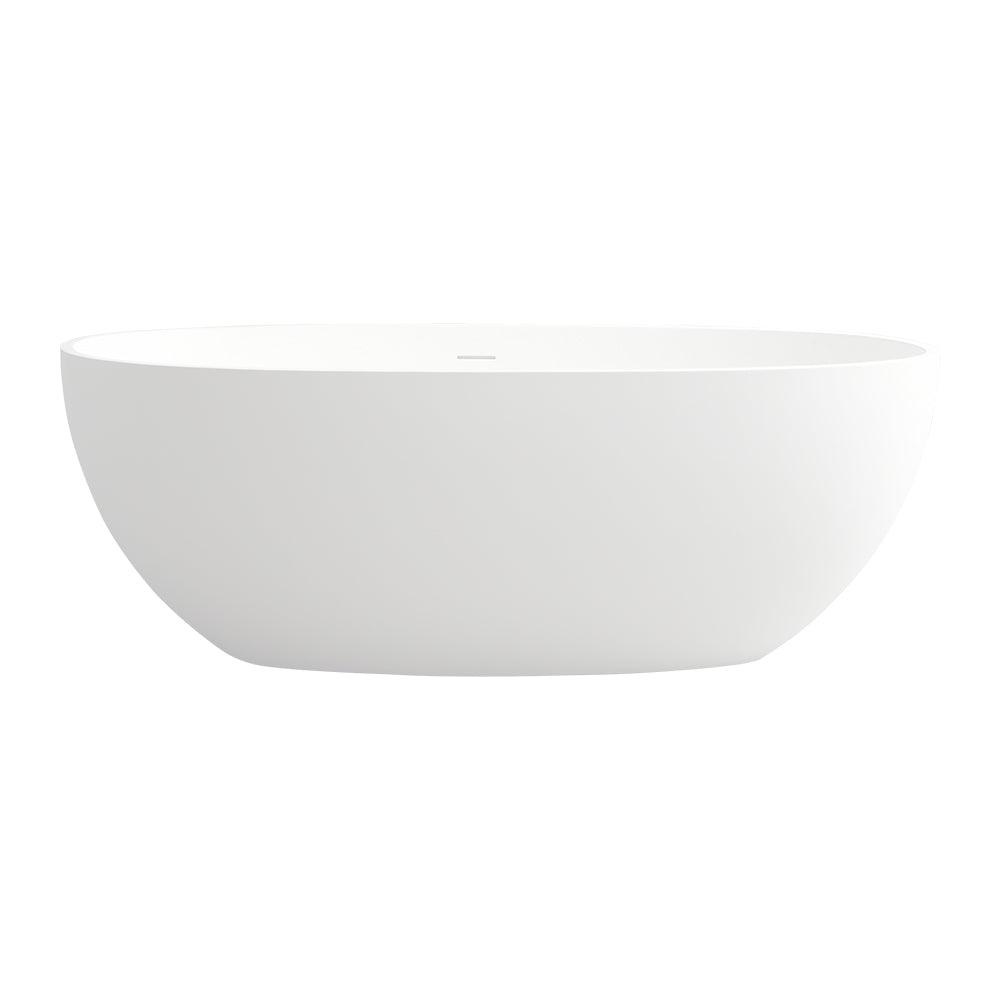


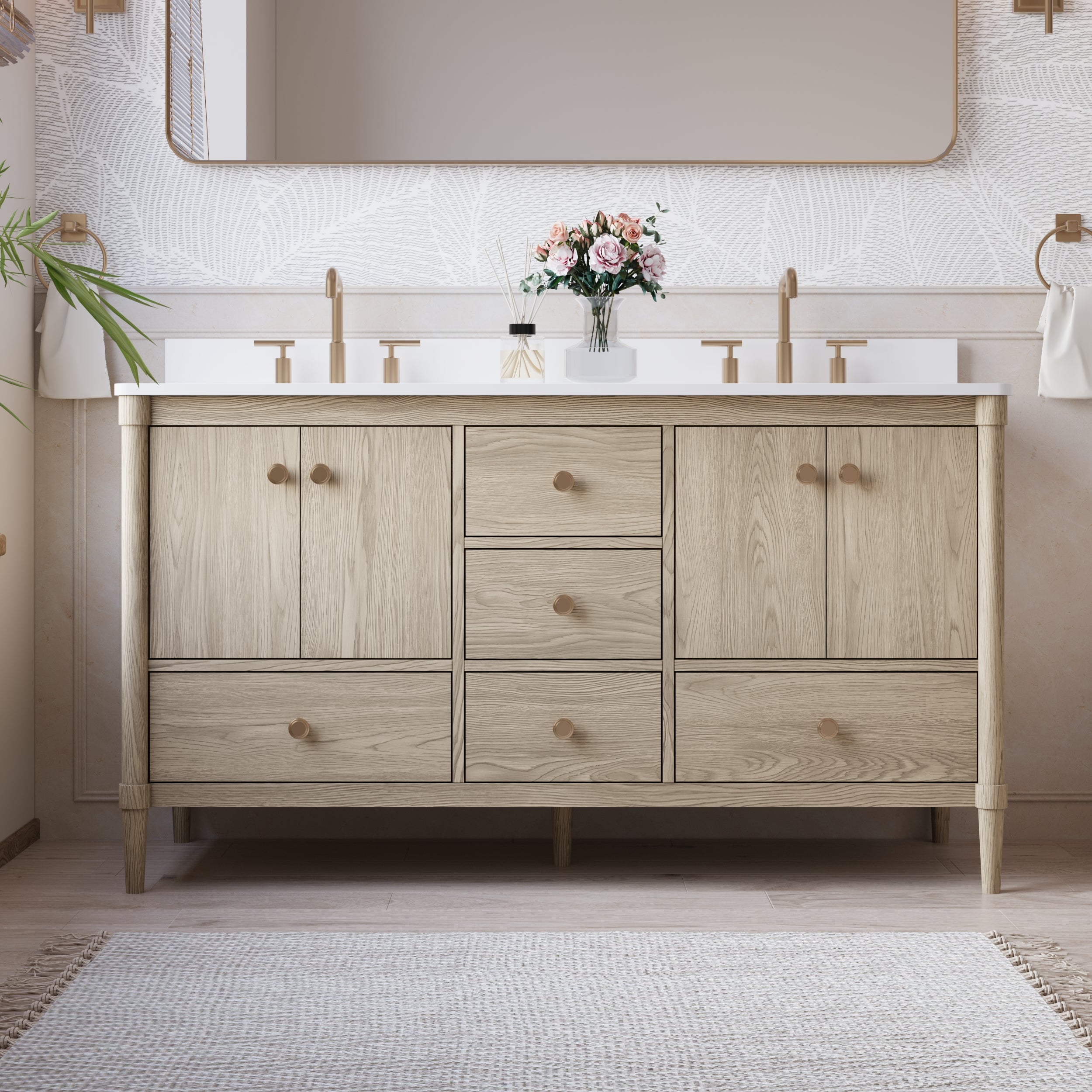
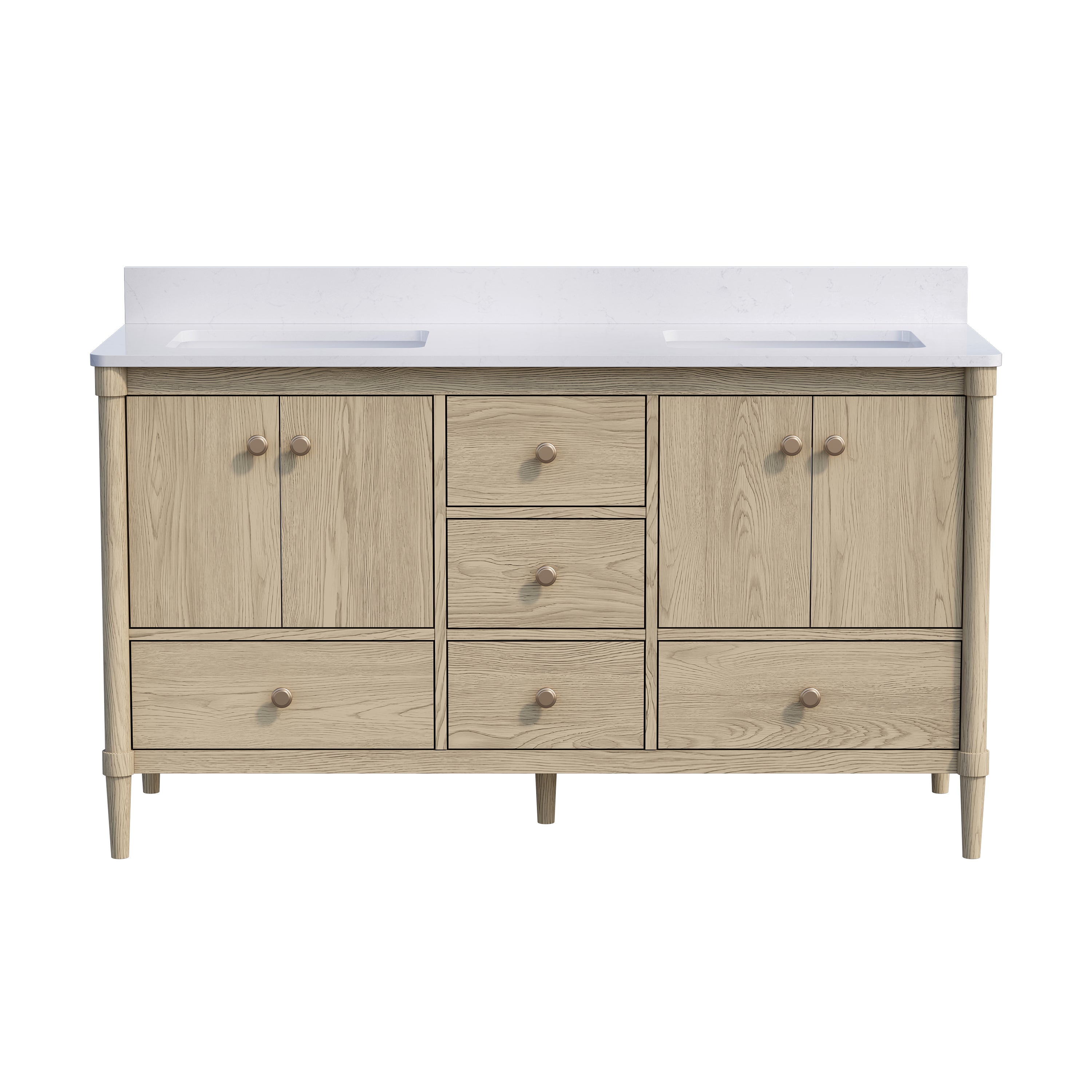
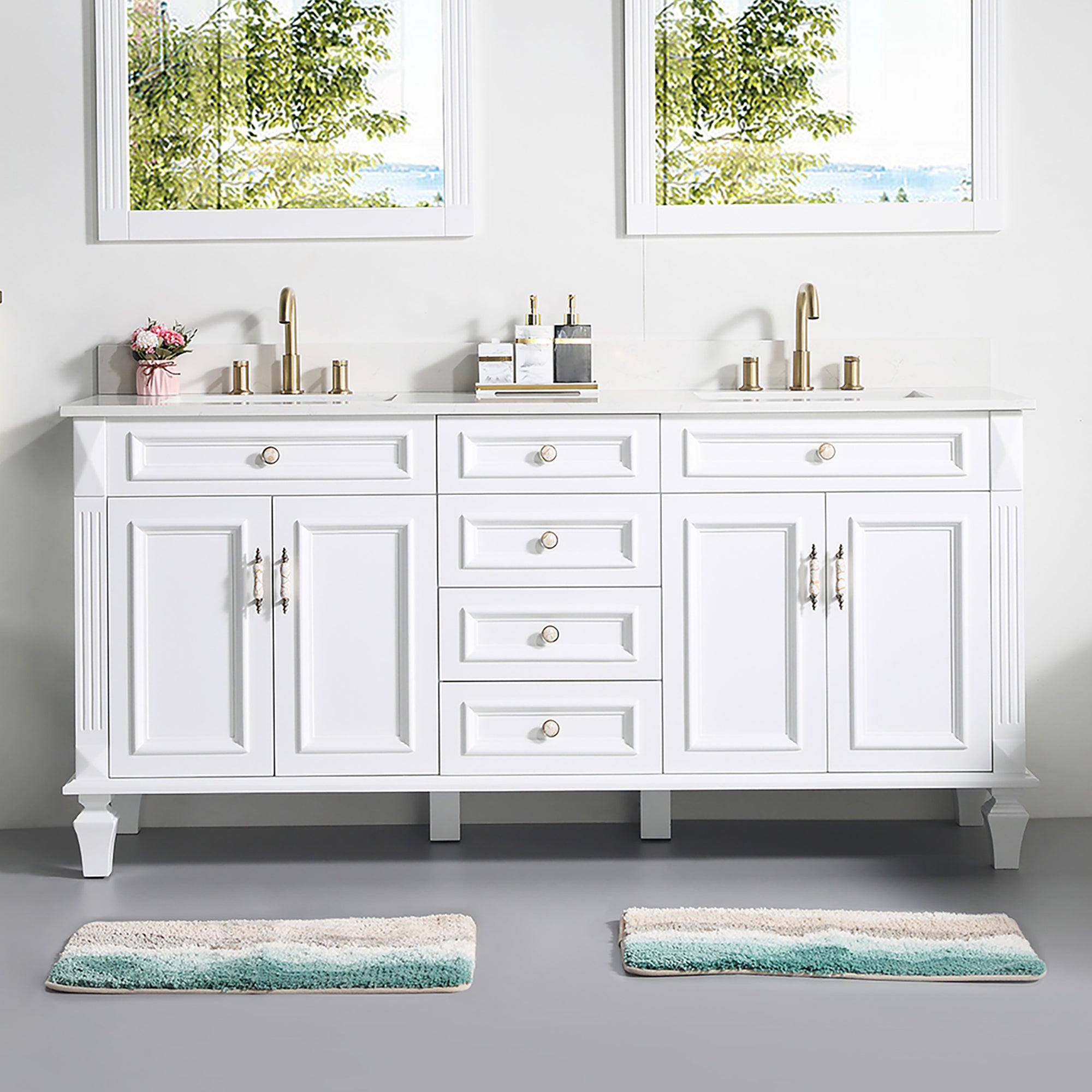

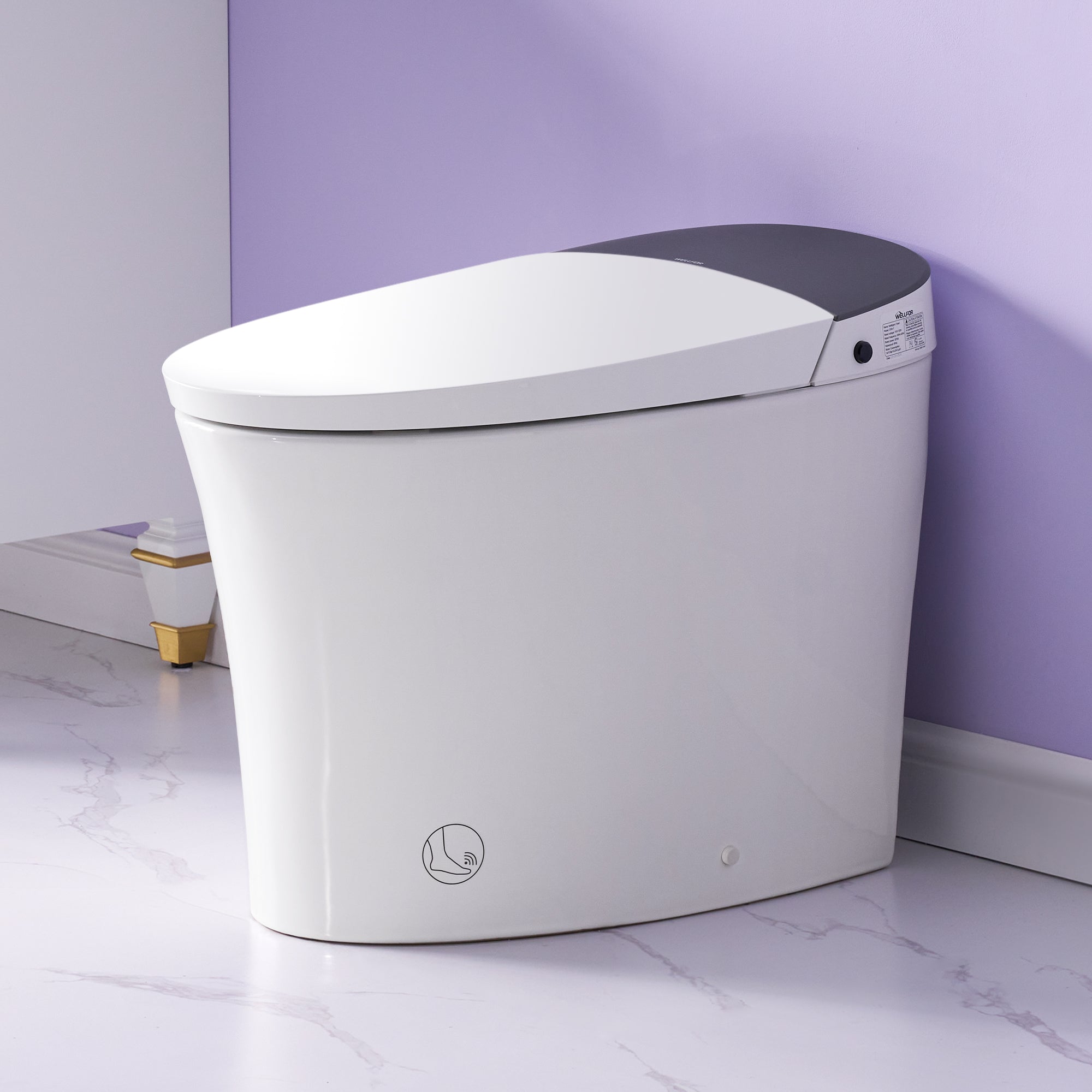
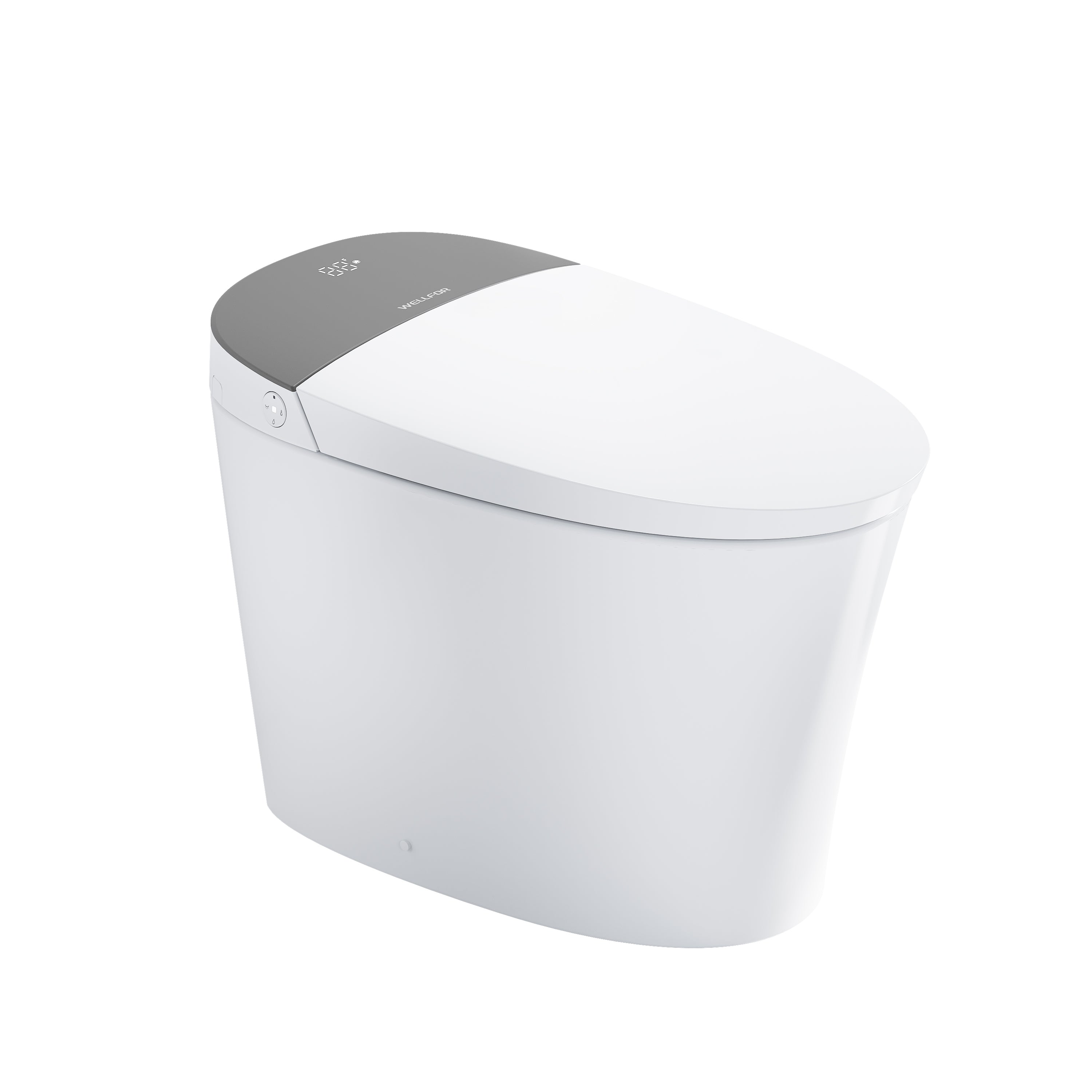

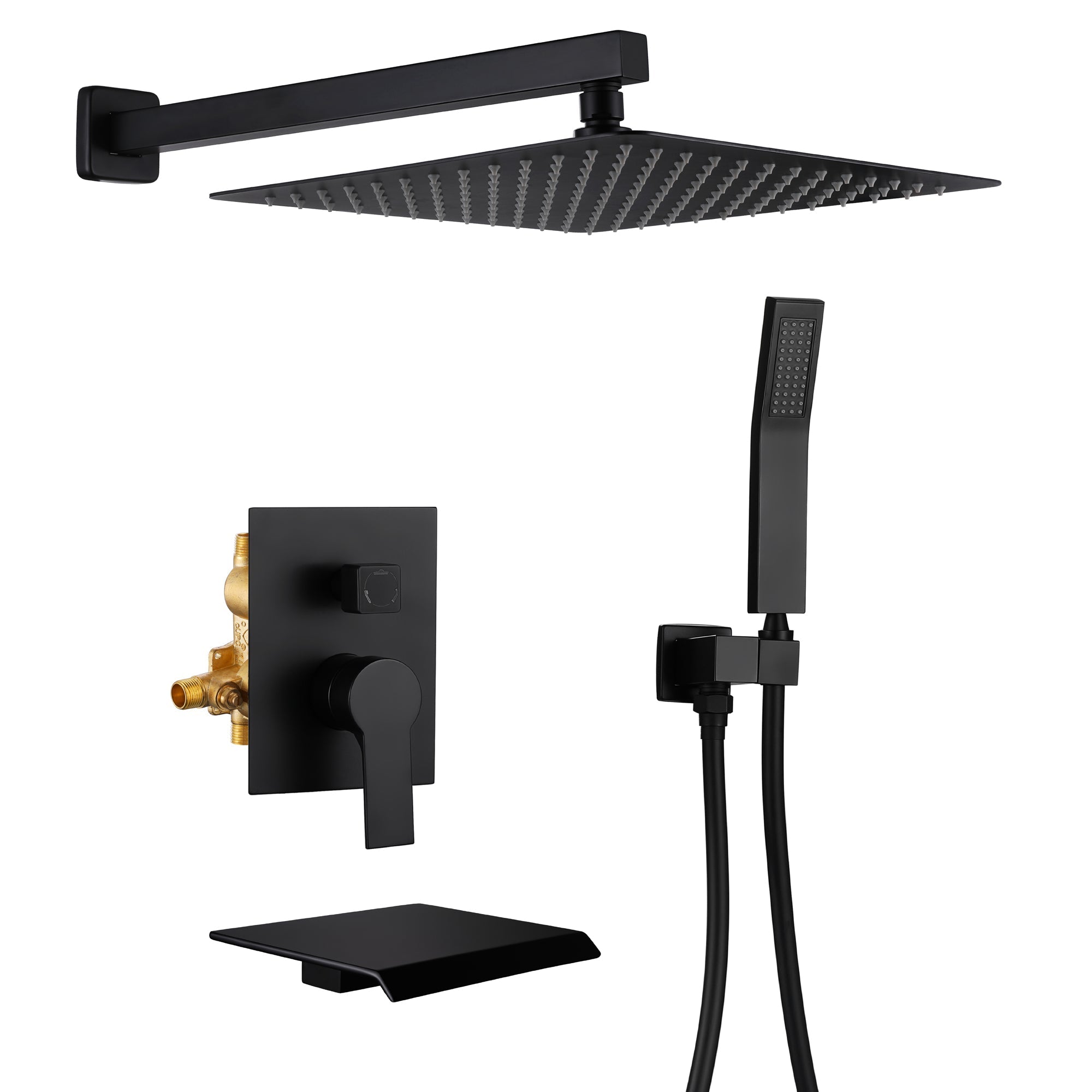
Leave a comment
This site is protected by hCaptcha and the hCaptcha Privacy Policy and Terms of Service apply.